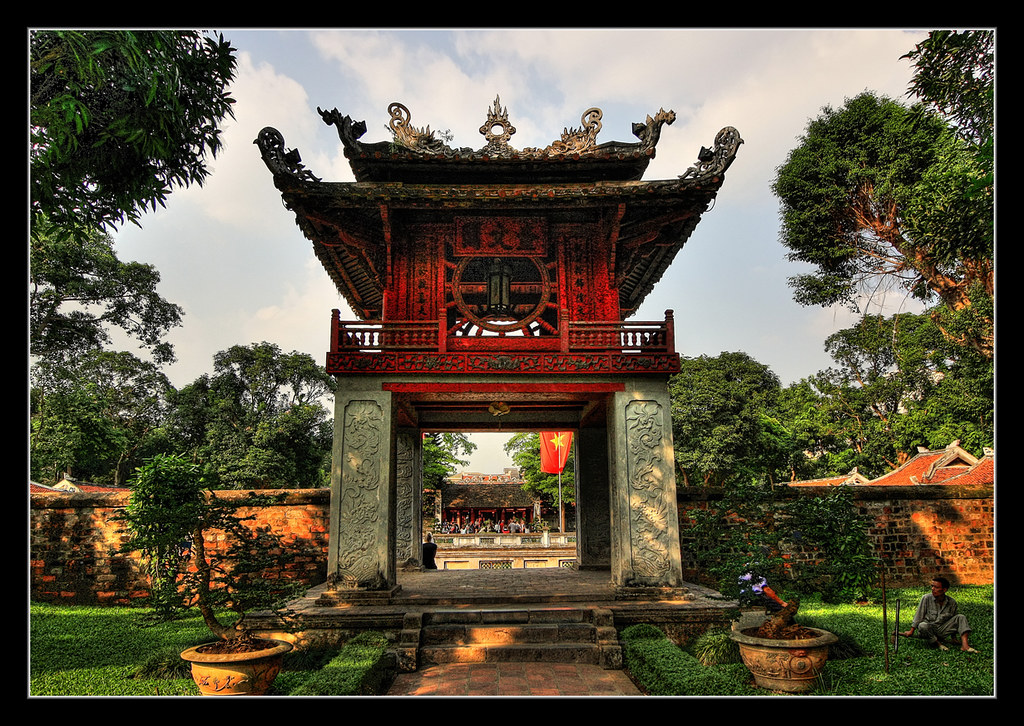Bayon Temple: A Marvel of Khmer Architecture
Bayon Temple, located in the heart of Angkor Thom in Cambodia, is one of the most iconic and enigmatic structures built during the Khmer Empire. Constructed in the late 12th to early 13th century by King Jayavarman VII, this temple is renowned for its stunning and complex architecture, featuring a unique blend of spiritual symbolism and grandiose artistry.
Historical Significance

Bayon Temple served as the state temple of Jayavarman VII, reflecting the grandeur and religious devotion of his reign. Unlike previous kings who were devoted Hindus, Jayavarman VII was a Mahayana Buddhist. Consequently, Bayon was initially a Buddhist temple, although subsequent Hindu kings altered its religious iconography. This shifting religious influence is evident in the temple's design and carvings, which blend Buddhist and Hindu elements seamlessly.
Architectural Wonders
One of the most distinctive features of Bayon is its multitude of serene and massive stone faces that adorn the temple’s towers. These 216 faces are believed to represent Avalokiteshvara, the Bodhisattva of compassion, although some scholars argue they depict King Jayavarman VII himself. The faces, each displaying a calm and enigmatic smile, are often referred to as the "Mona Lisa of Southeast Asia."
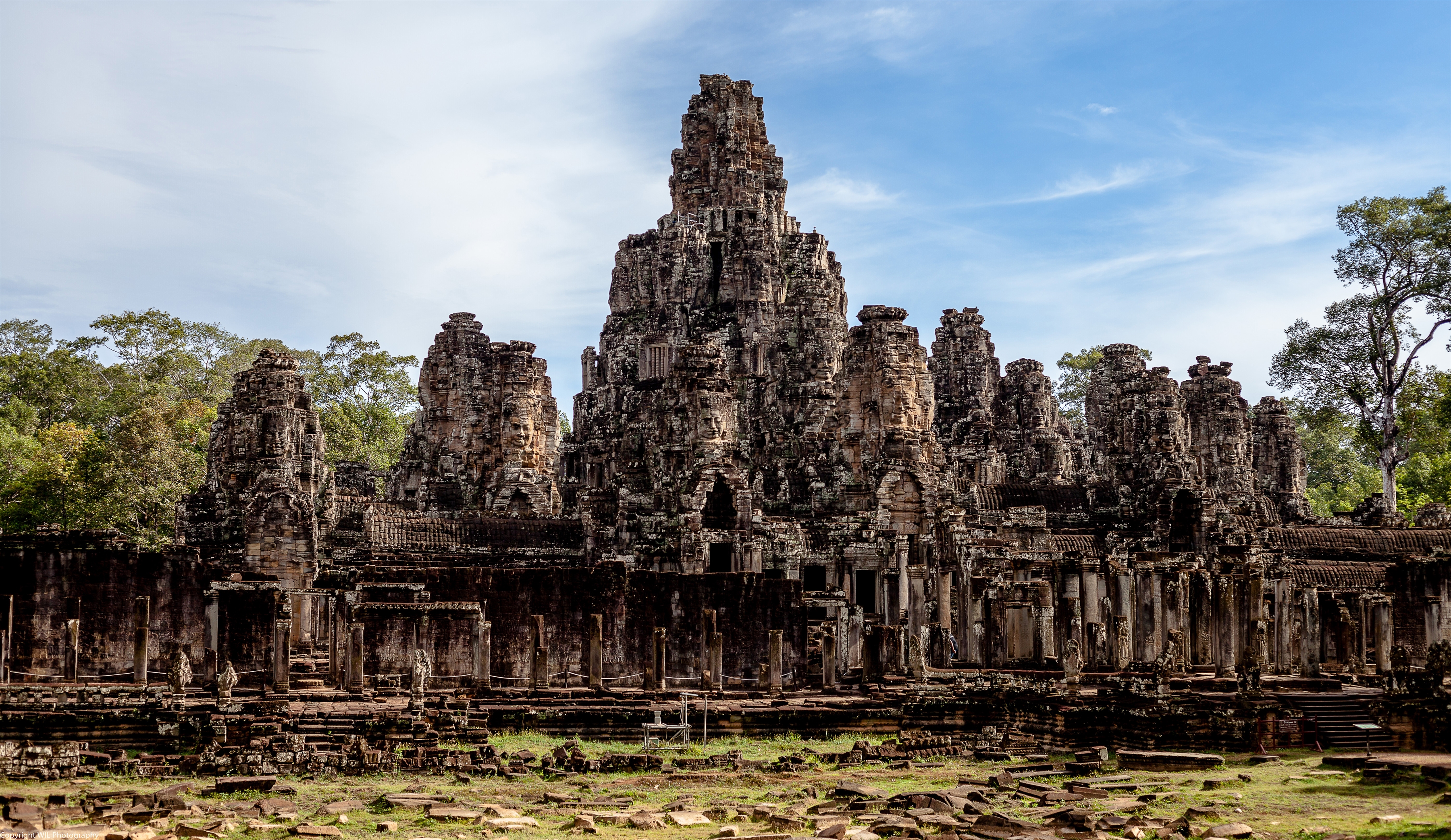
Bayon’s layout is a complex labyrinth of corridors, steep stairways, and open courtyards, symbolizing the microcosm of the universe. At the center lies the temple's main shrine, surrounded by three levels of intricately carved galleries. These bas-reliefs are another highlight of Bayon, depicting vivid scenes of historical battles, daily life of the Khmer people, and mythological events, providing invaluable insights into the history and culture of the Khmer Empire.
Cultural and Religious Symbolism
Bayon Temple's architecture is a testament to the Khmer Empire's advanced engineering skills and profound religious beliefs. The temple's central tower, standing at 43 meters, is thought to symbolize Mount Meru, the center of the universe in Hindu and Buddhist cosmology. The concentric layout of the temple mirrors the idea of a spiritual journey from the outer world to the divine center.
Historical Significance

Bayon Temple served as the state temple of Jayavarman VII, reflecting the grandeur and religious devotion of his reign. Unlike previous kings who were devoted Hindus, Jayavarman VII was a Mahayana Buddhist. Consequently, Bayon was initially a Buddhist temple, although subsequent Hindu kings altered its religious iconography. This shifting religious influence is evident in the temple's design and carvings, which blend Buddhist and Hindu elements seamlessly.
Architectural Wonders
One of the most distinctive features of Bayon is its multitude of serene and massive stone faces that adorn the temple’s towers. These 216 faces are believed to represent Avalokiteshvara, the Bodhisattva of compassion, although some scholars argue they depict King Jayavarman VII himself. The faces, each displaying a calm and enigmatic smile, are often referred to as the "Mona Lisa of Southeast Asia."

Bayon’s layout is a complex labyrinth of corridors, steep stairways, and open courtyards, symbolizing the microcosm of the universe. At the center lies the temple's main shrine, surrounded by three levels of intricately carved galleries. These bas-reliefs are another highlight of Bayon, depicting vivid scenes of historical battles, daily life of the Khmer people, and mythological events, providing invaluable insights into the history and culture of the Khmer Empire.
Cultural and Religious Symbolism
Bayon Temple's architecture is a testament to the Khmer Empire's advanced engineering skills and profound religious beliefs. The temple's central tower, standing at 43 meters, is thought to symbolize Mount Meru, the center of the universe in Hindu and Buddhist cosmology. The concentric layout of the temple mirrors the idea of a spiritual journey from the outer world to the divine center.
Other tour
From
70 USD
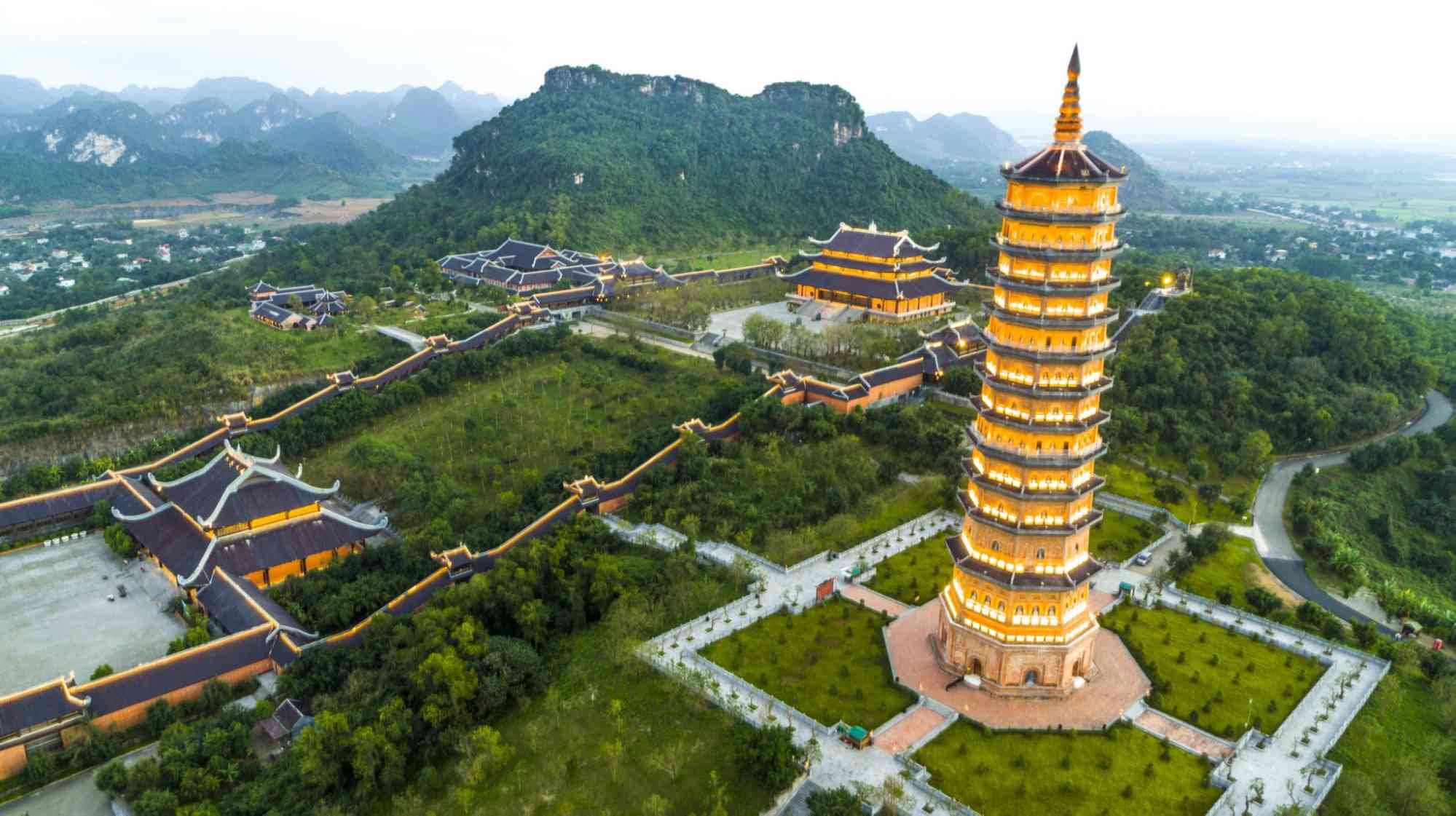 Details
Details
HOA LU – TRANG AN - MUA CAVE -1 DAY TRIP BY LIMOUSINE
AFT
Ha noi
0 Days
Day trip
From
25 USD
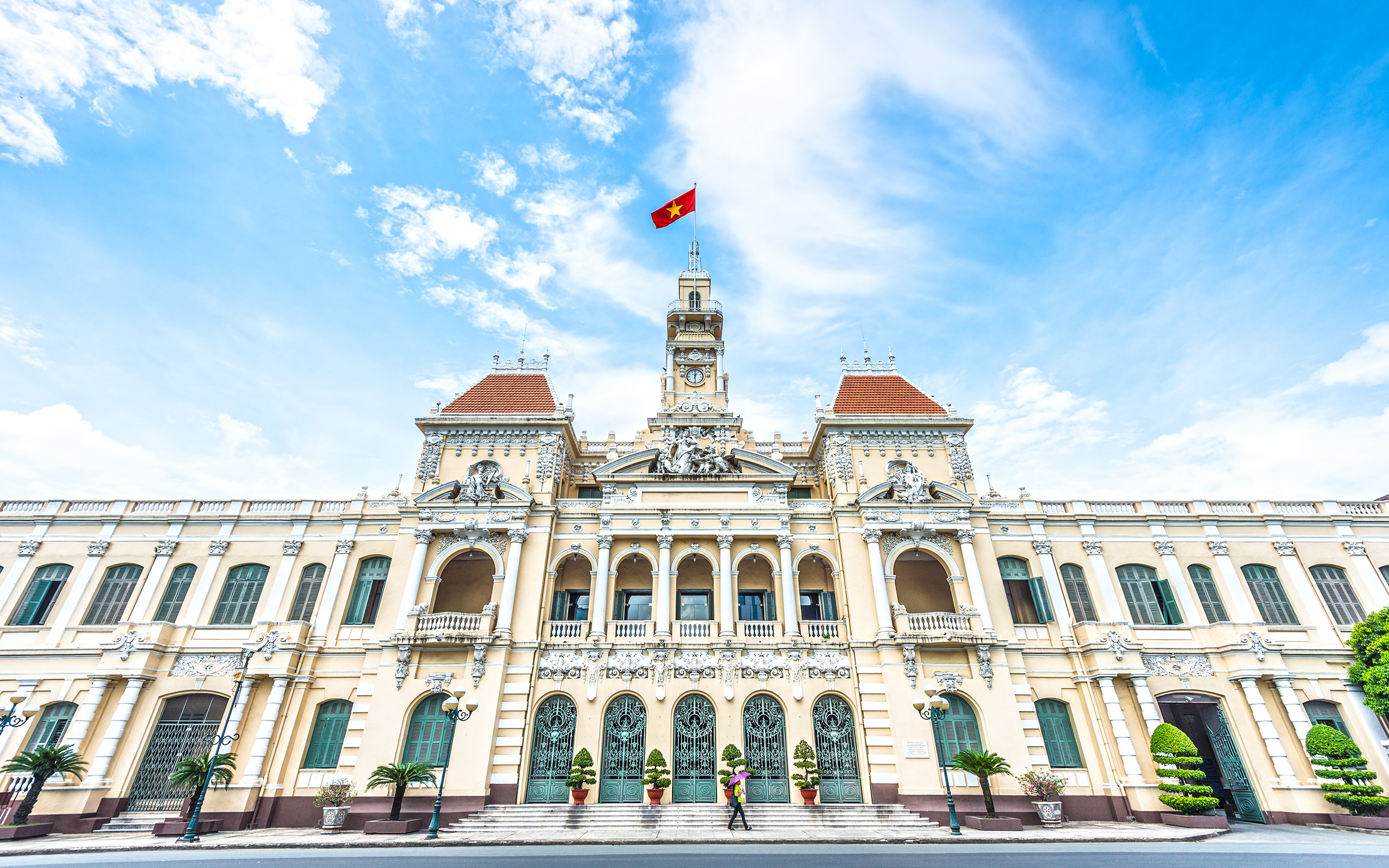 Details
Details
Ho Chi Minh - Cu Chi Tunnel - Ho Chi Minh
CHA01
Ho Chi Minh City
1 Days
Day trip
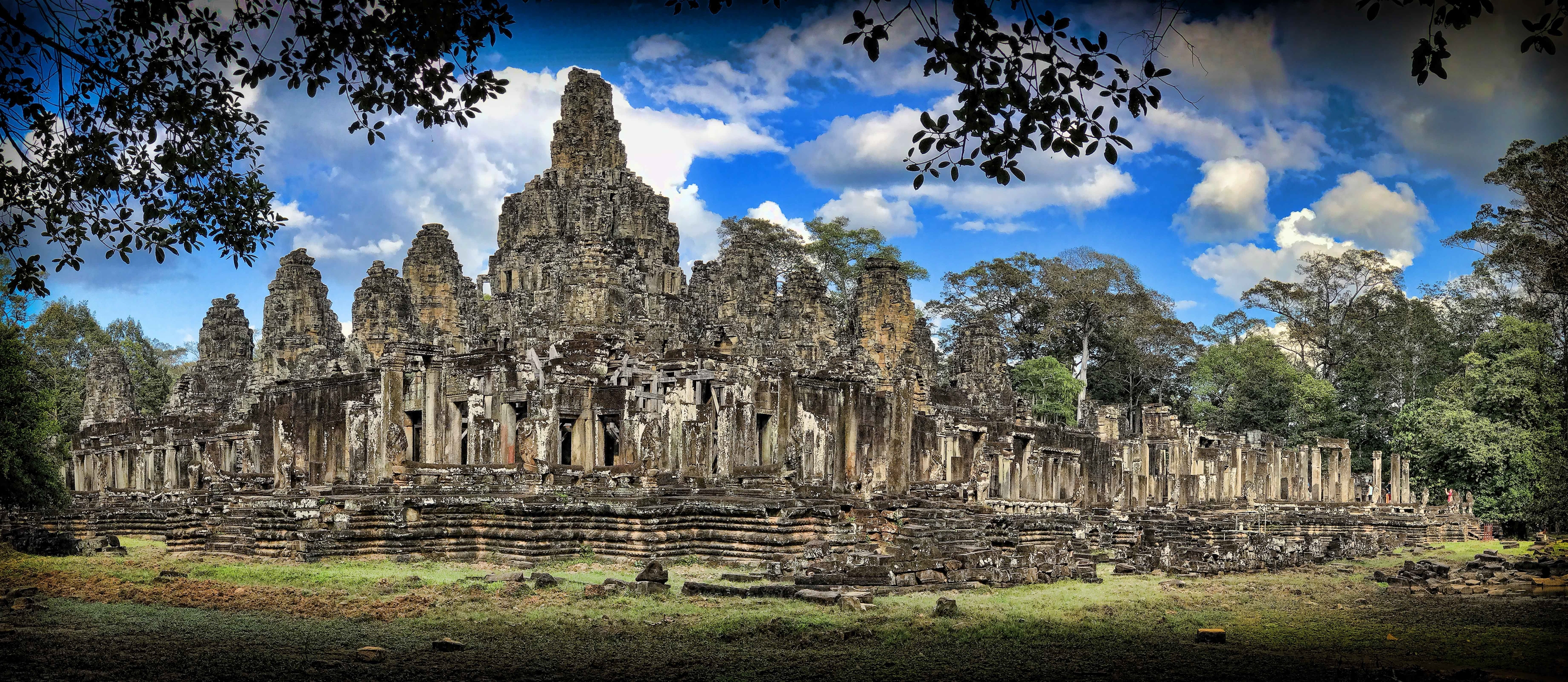

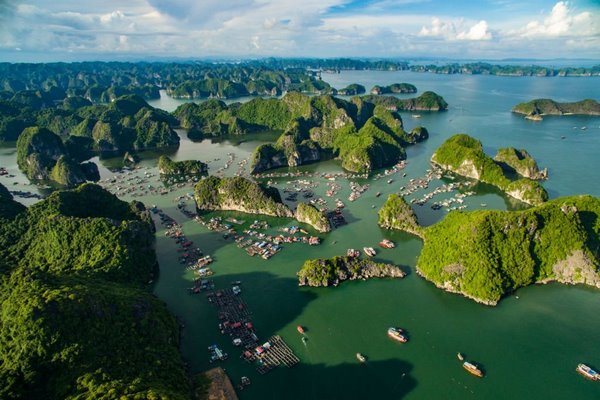
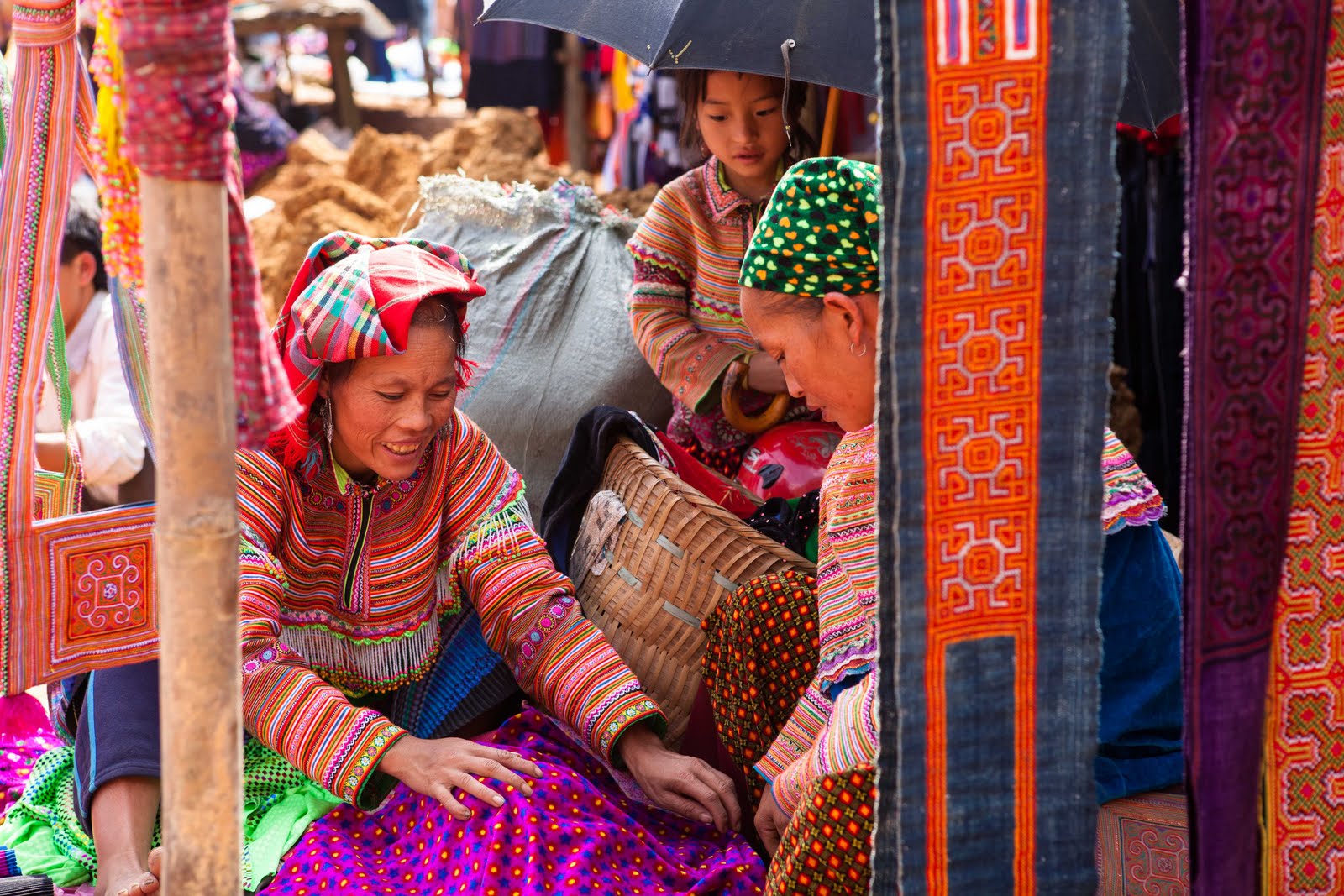

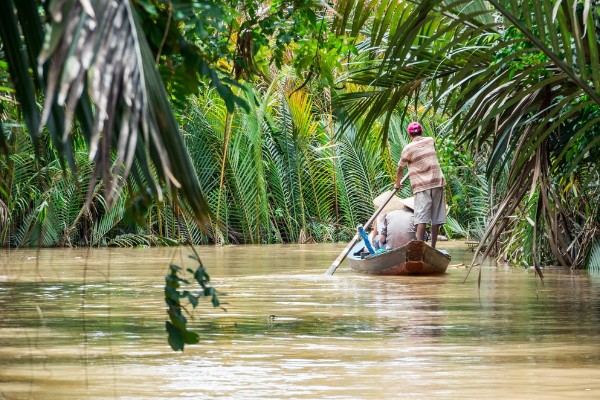

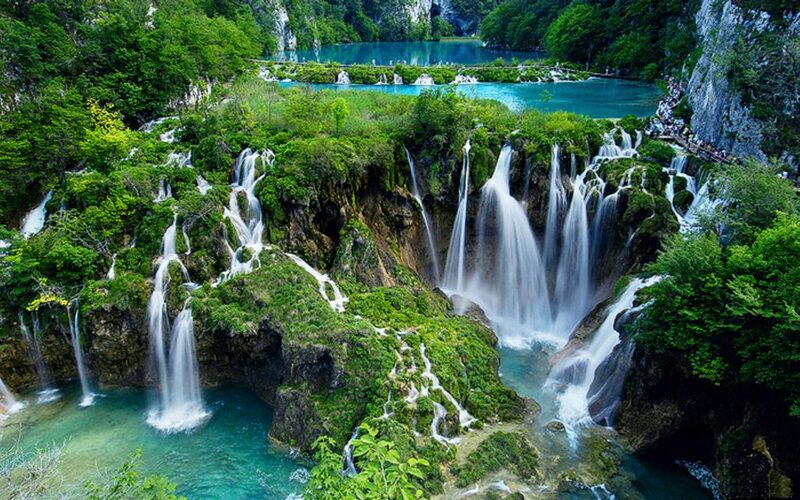

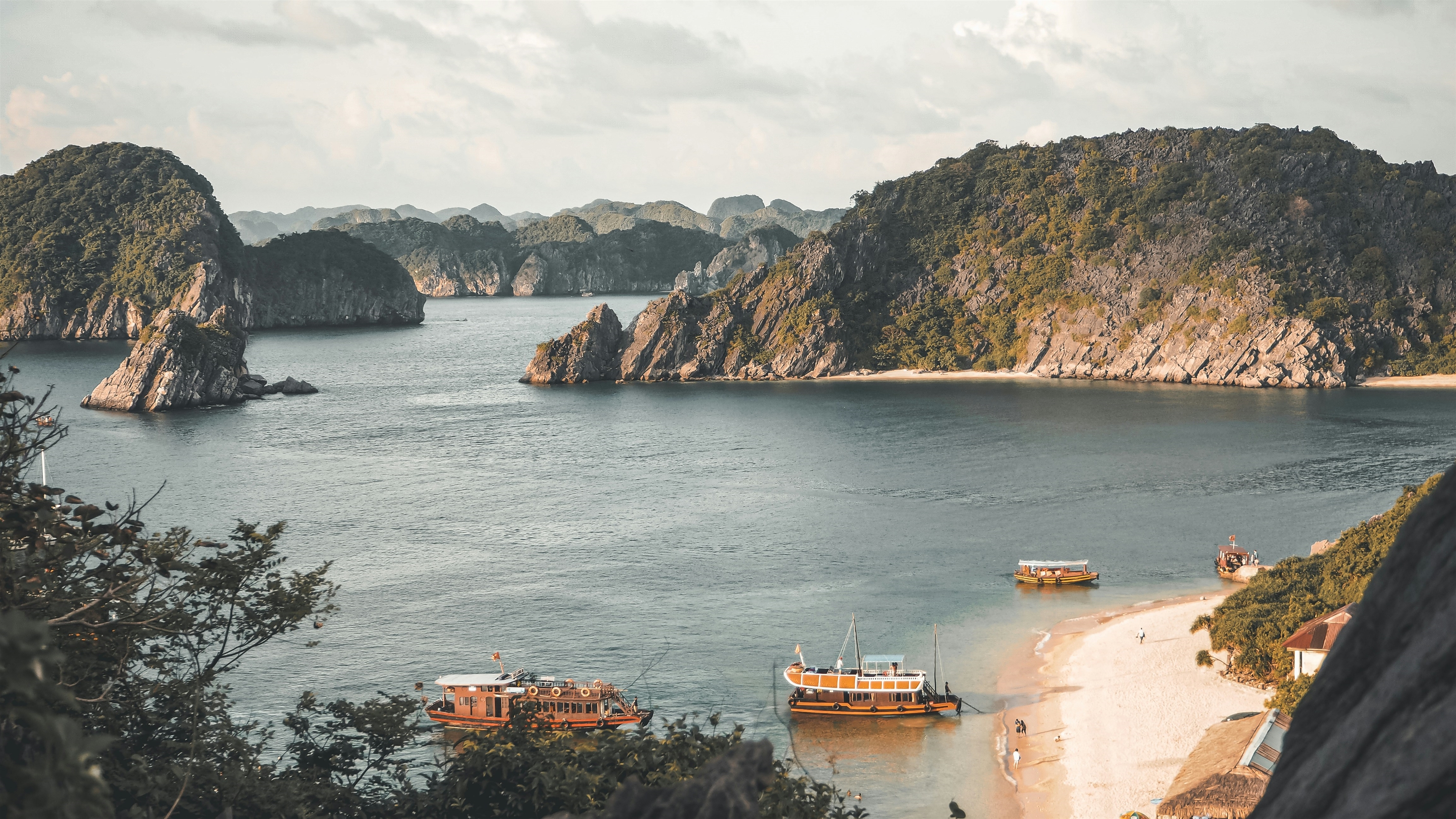

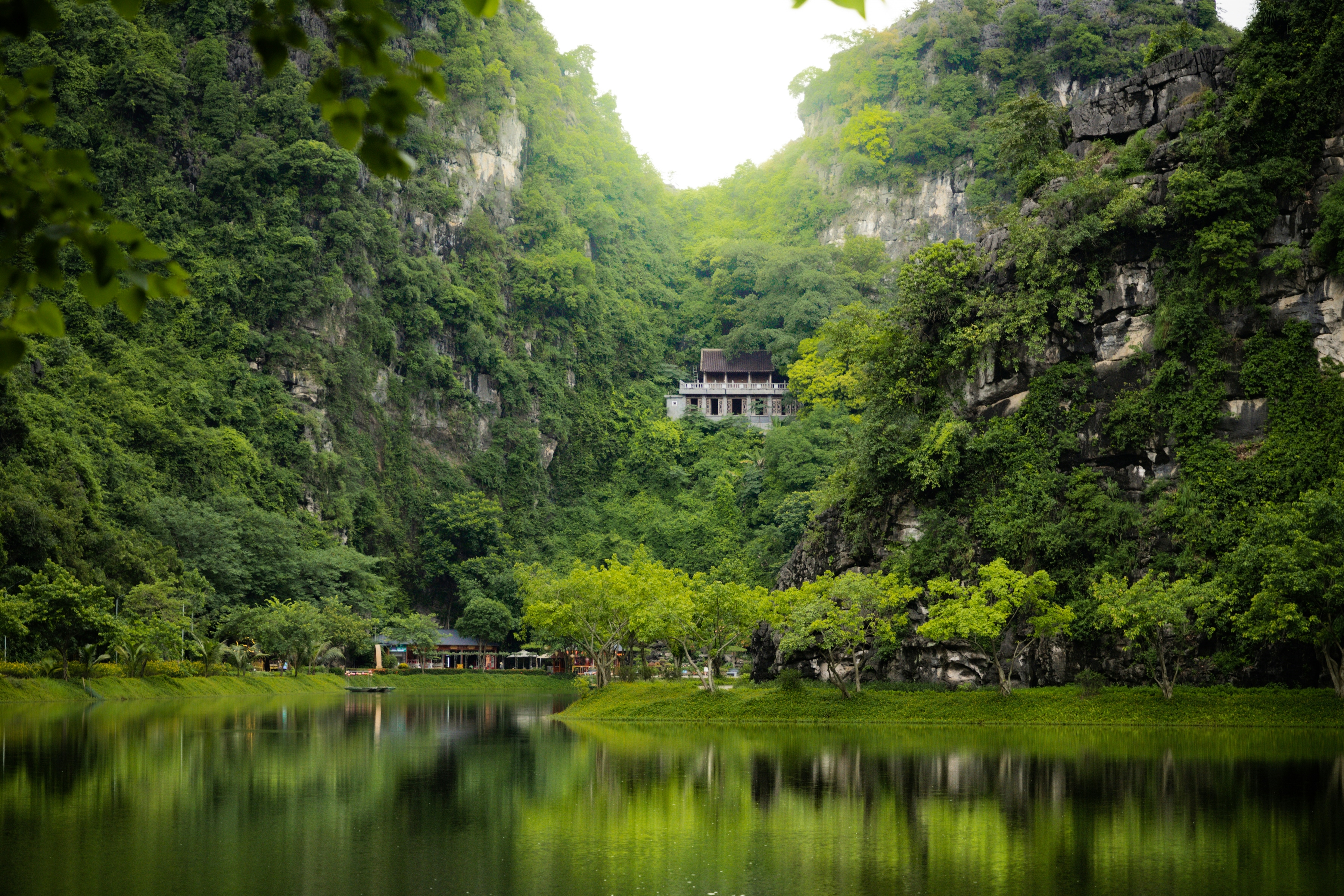
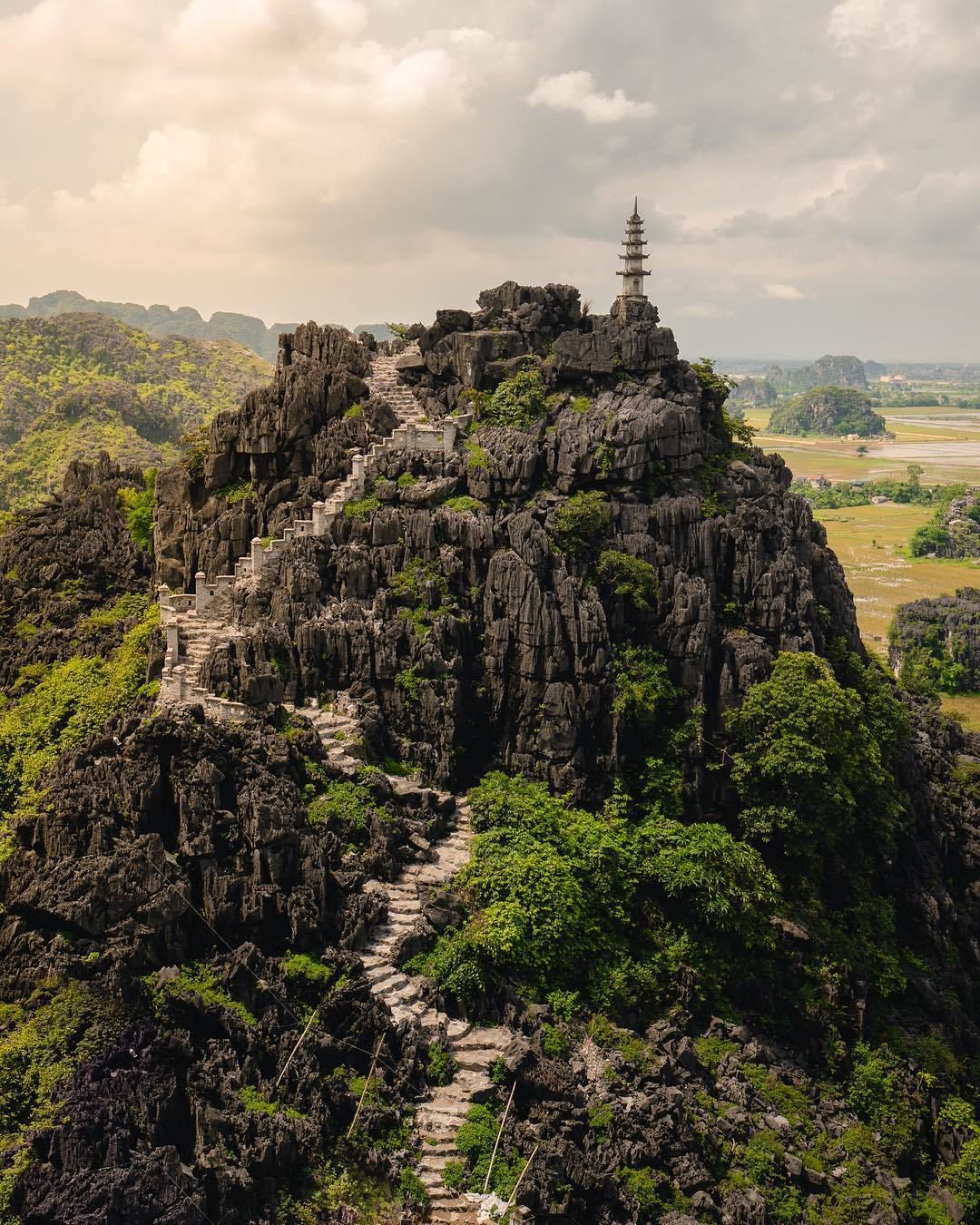
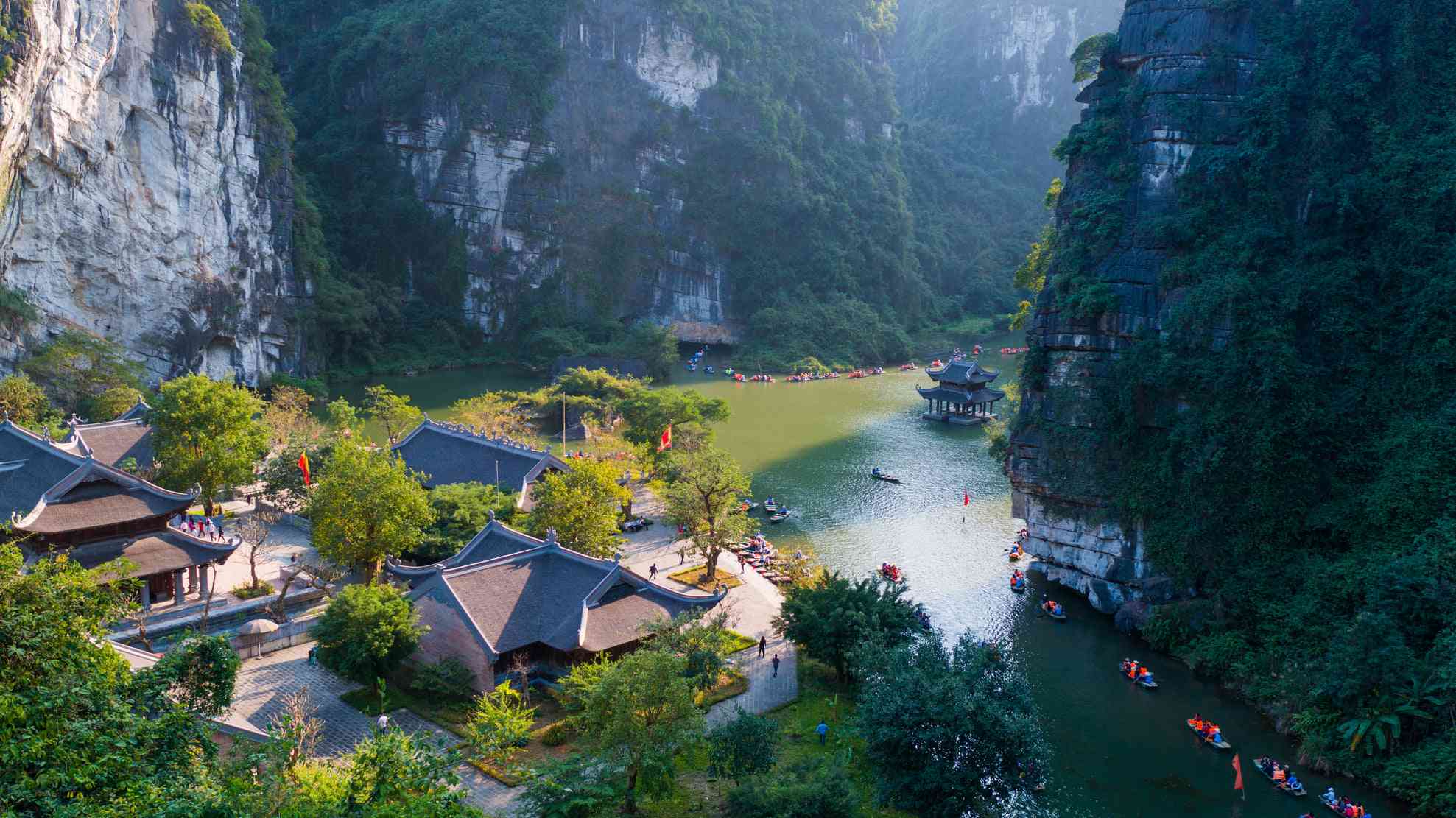
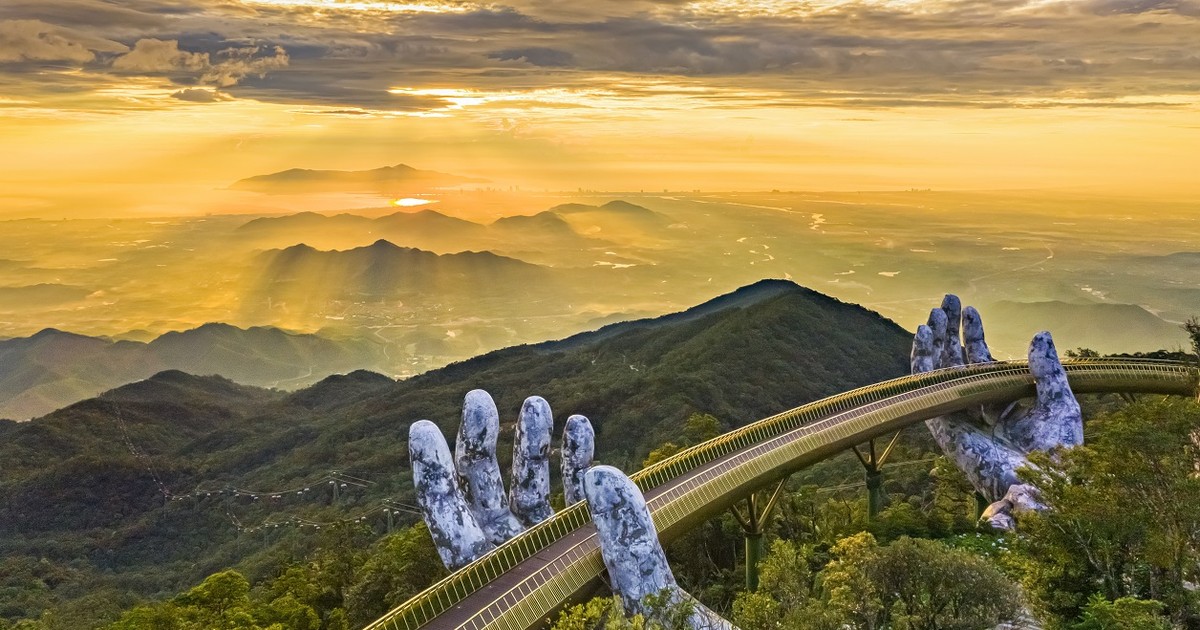

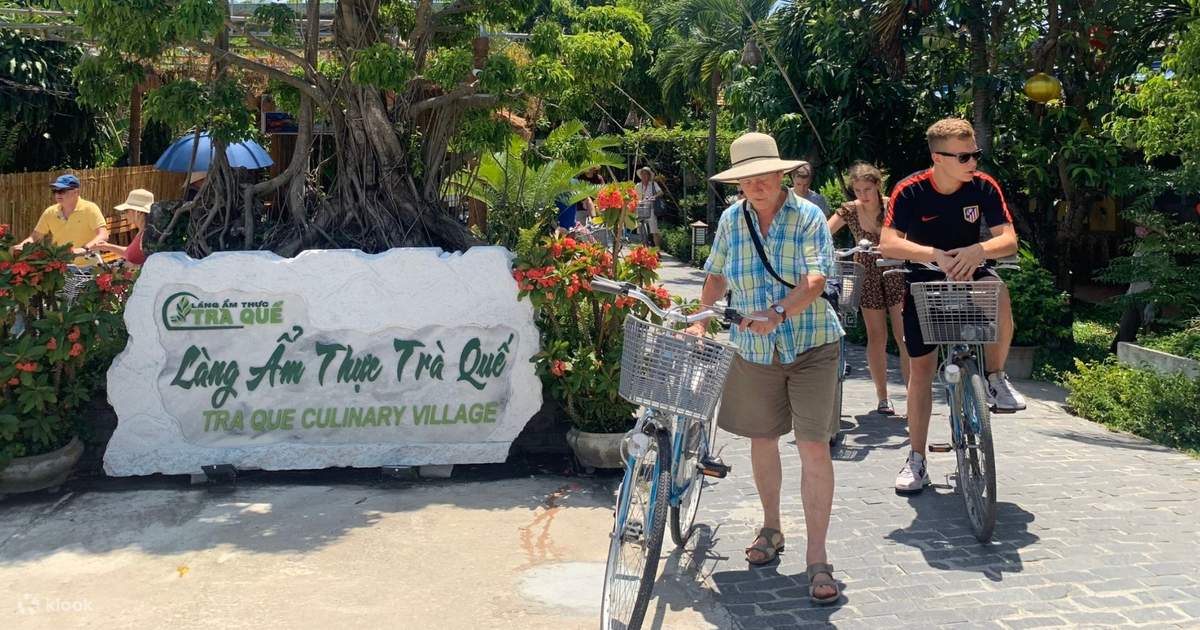
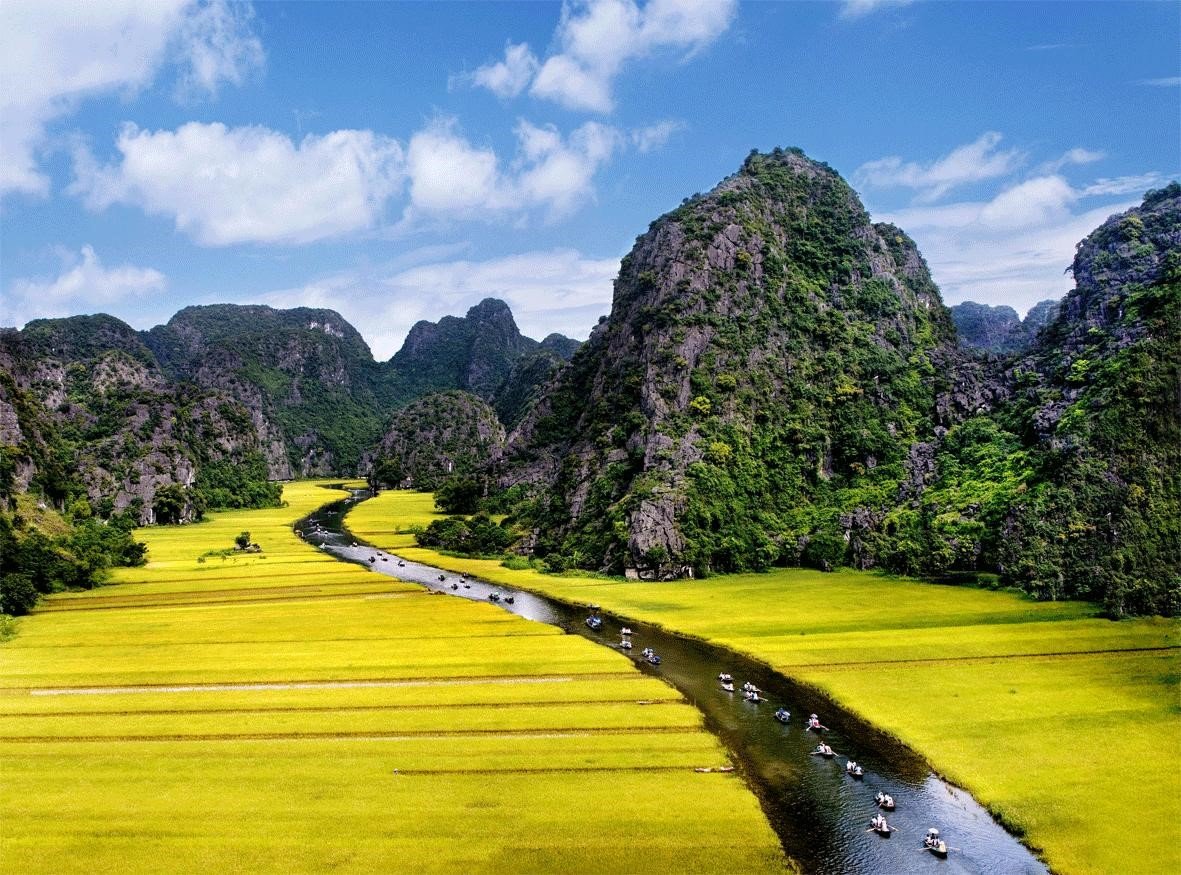

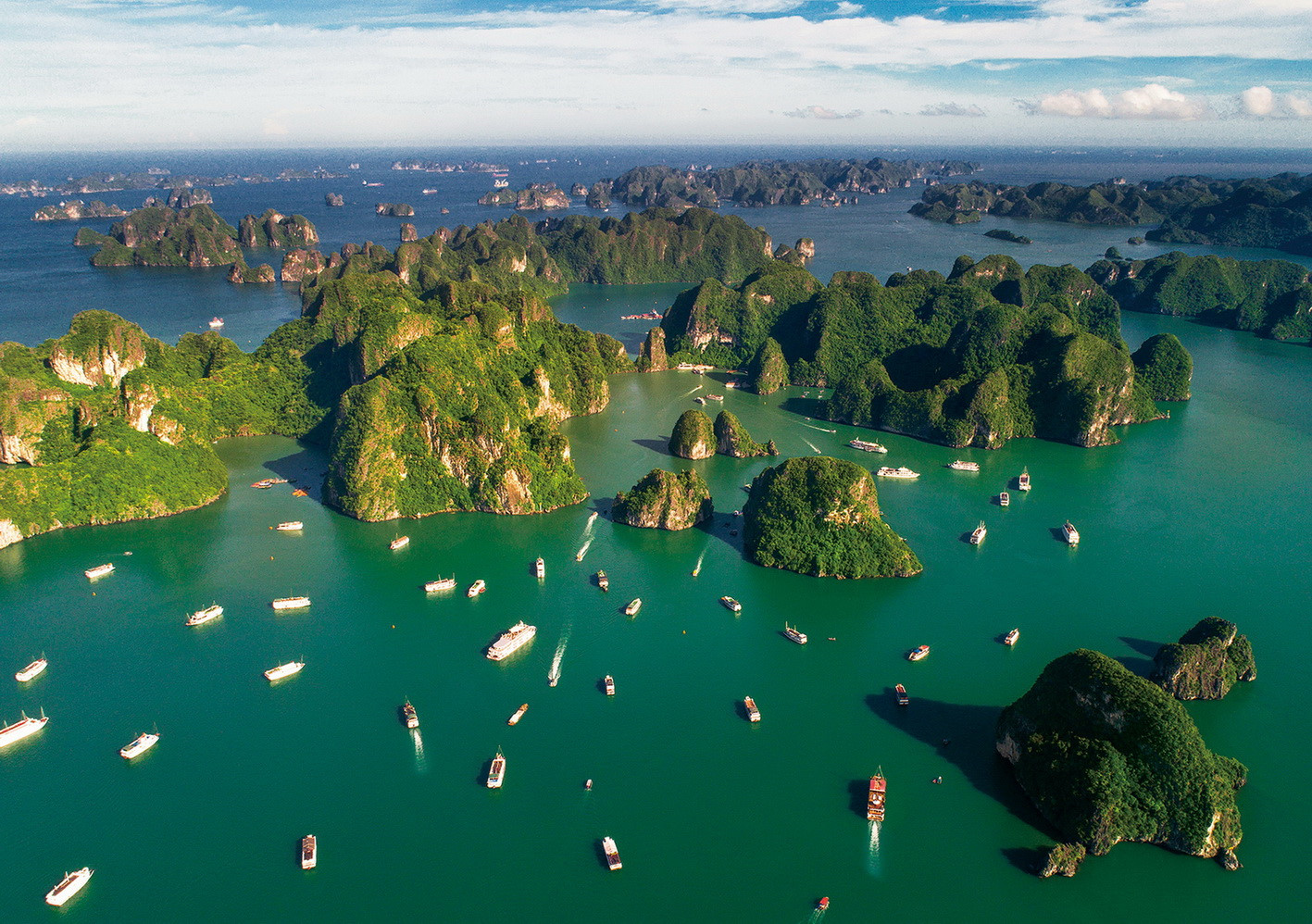


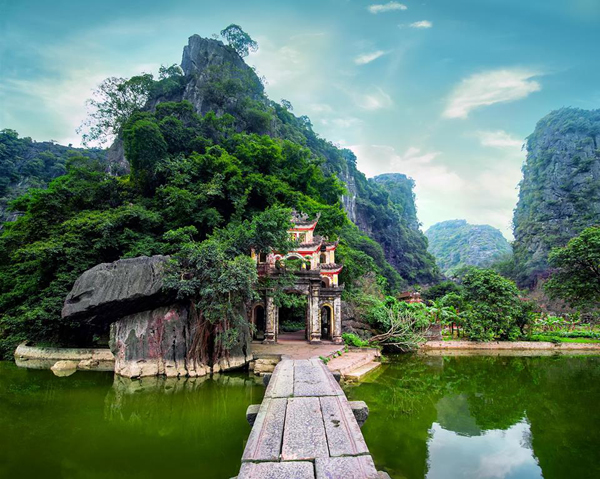

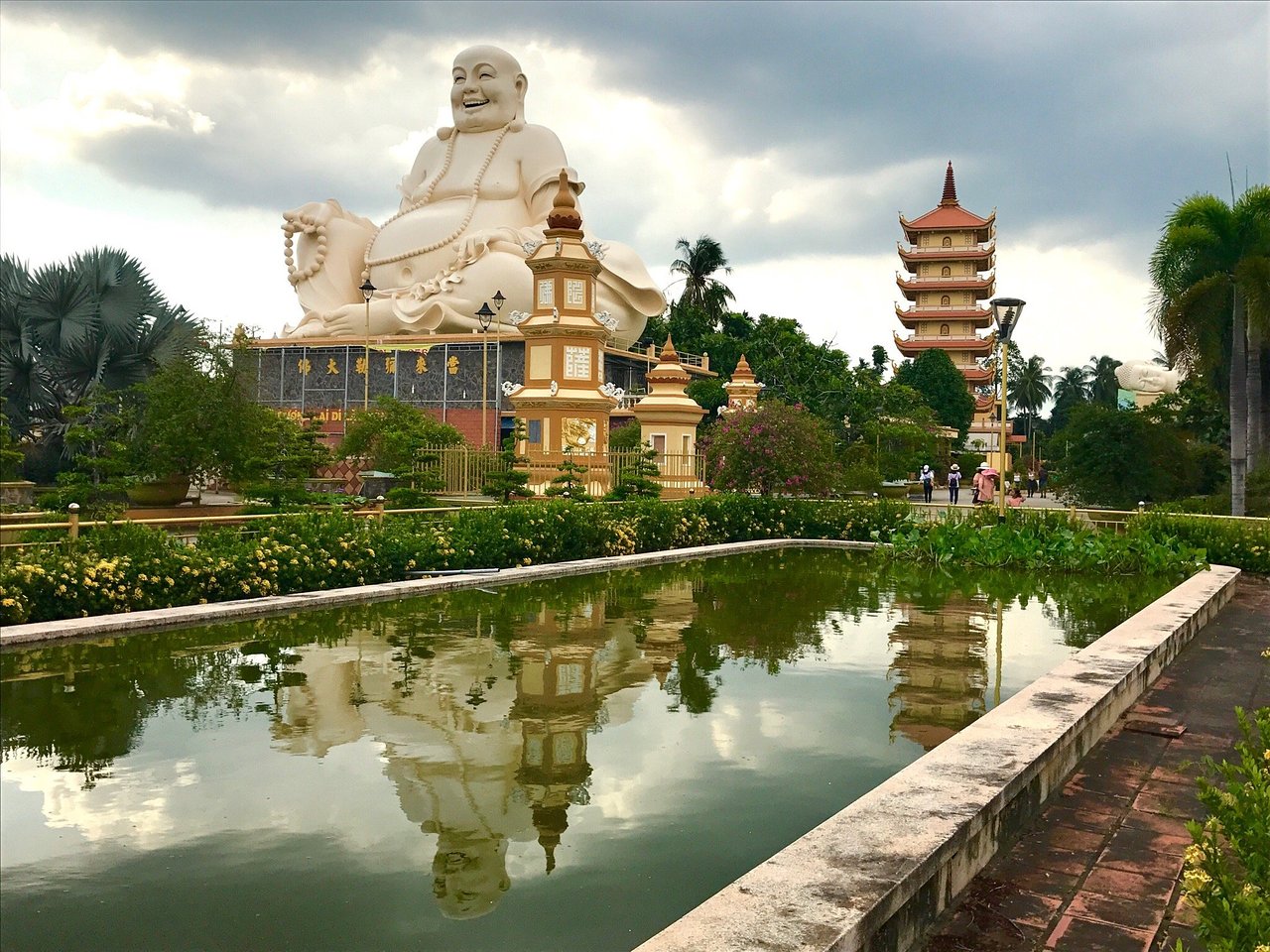
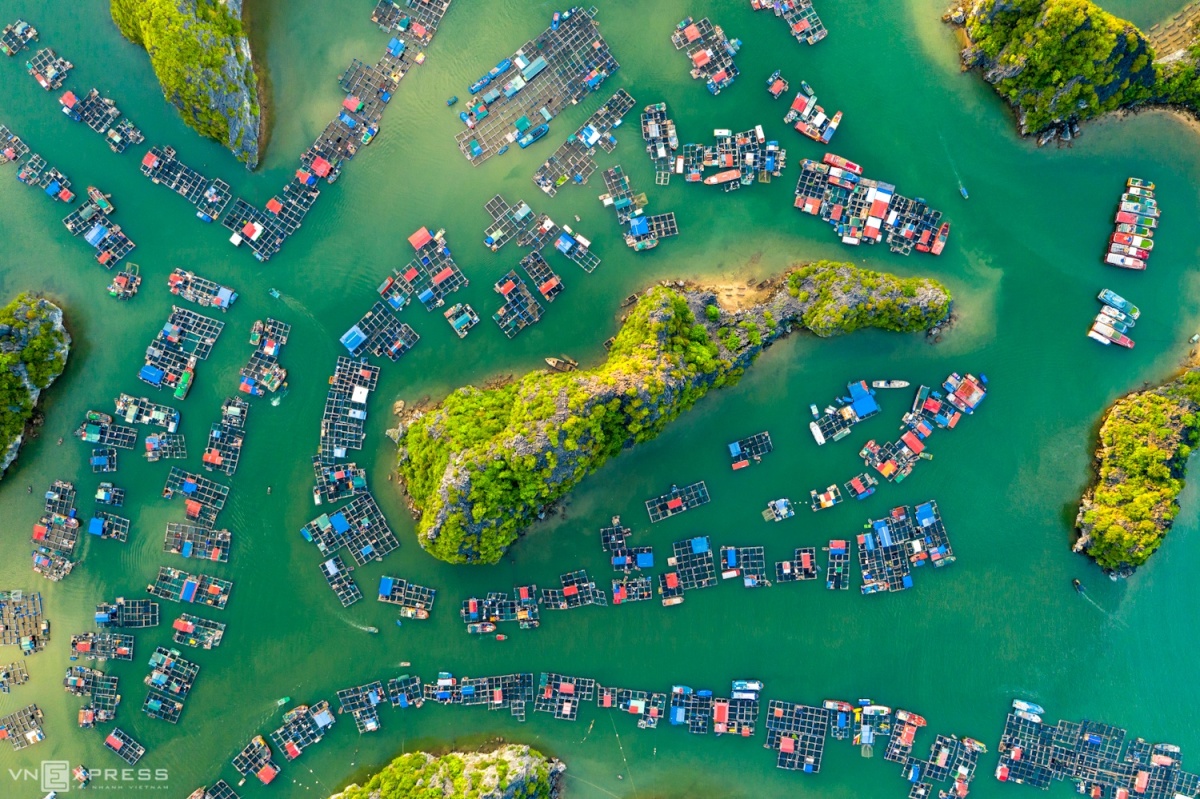
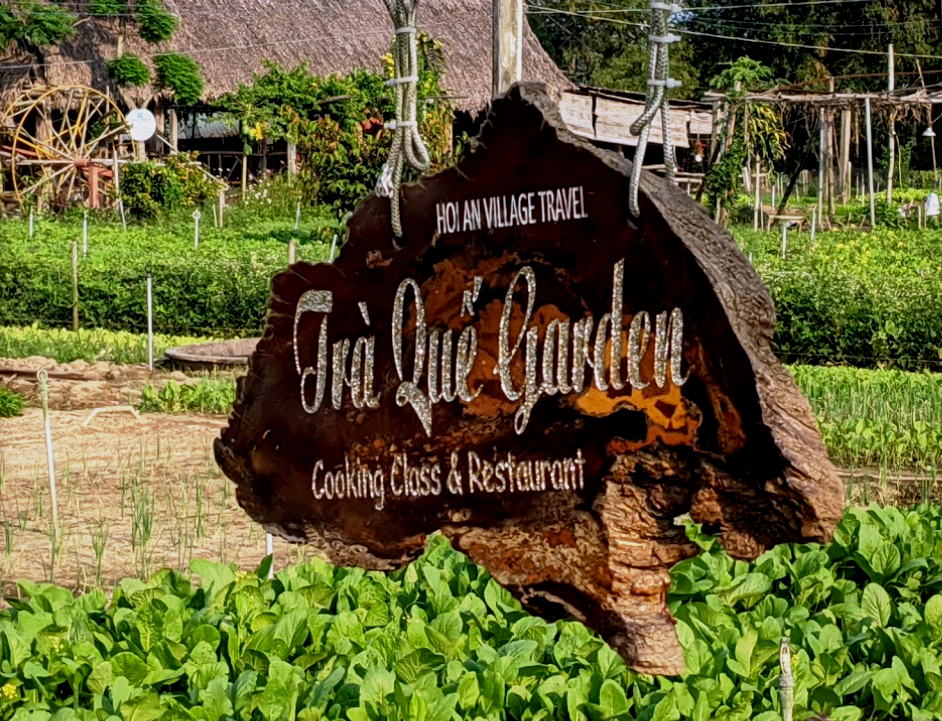
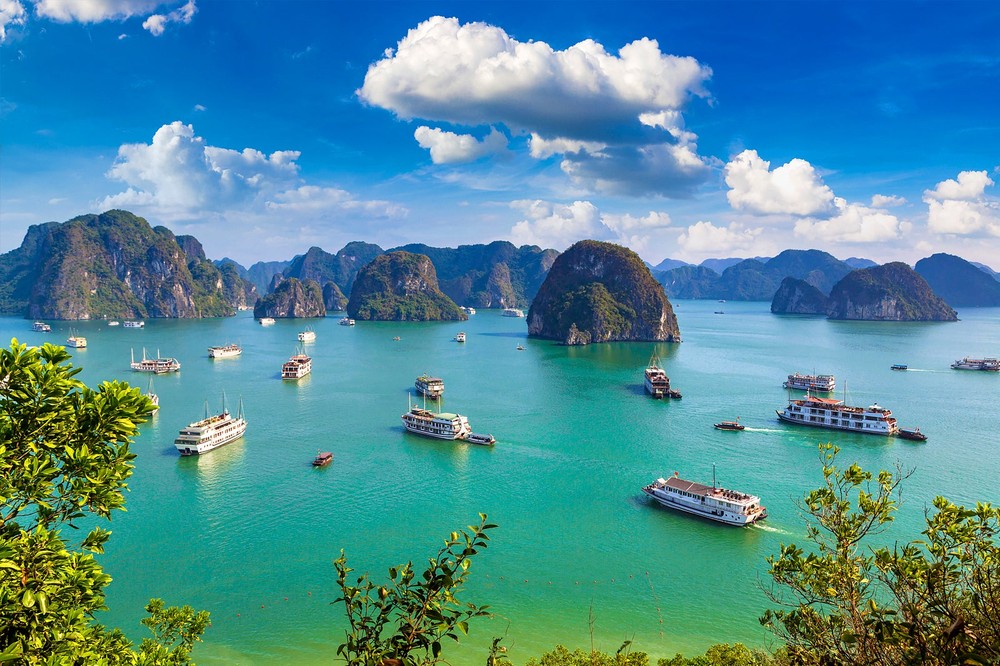

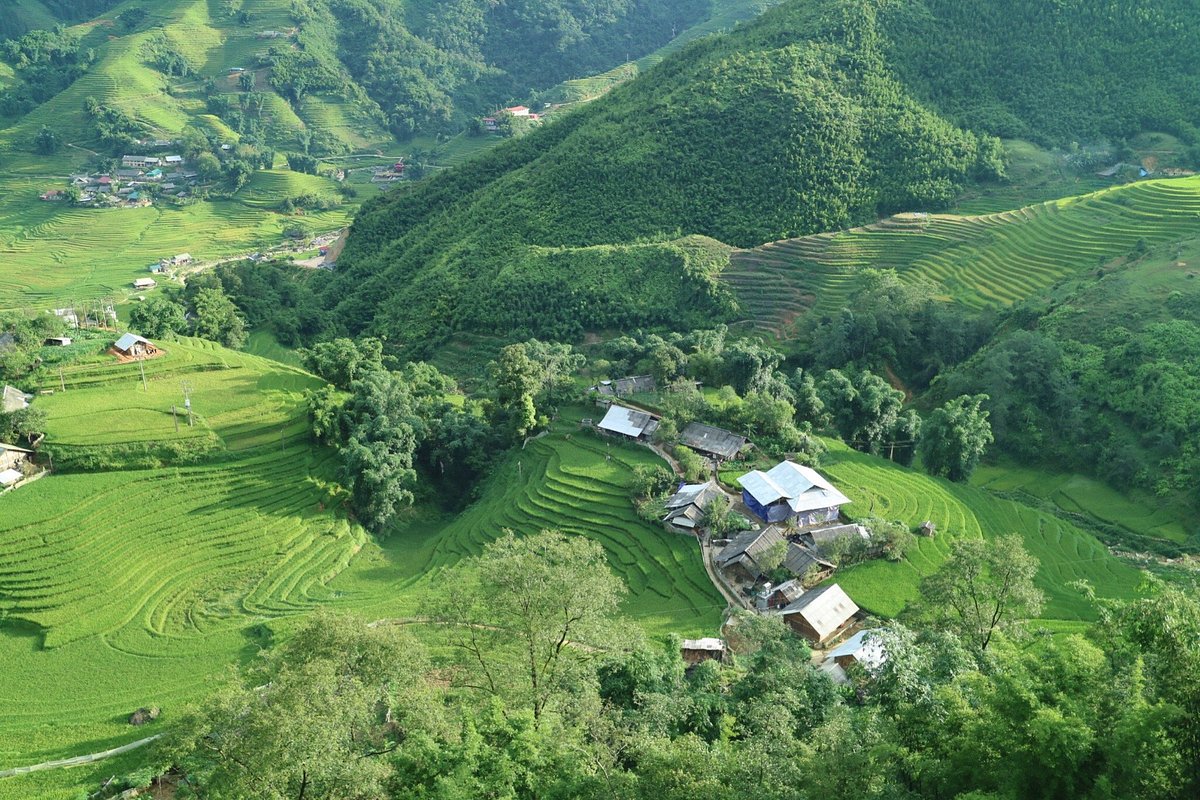
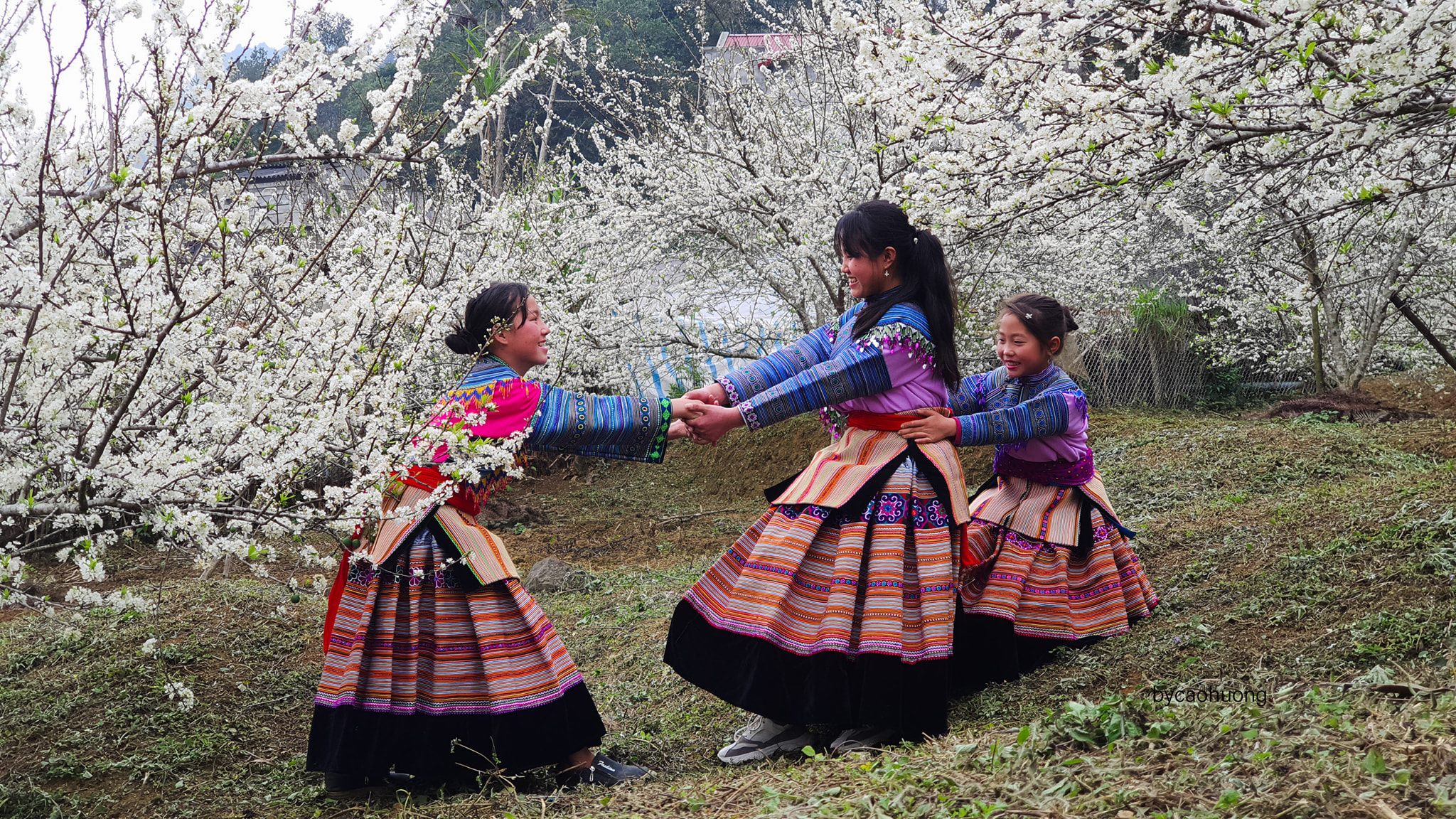



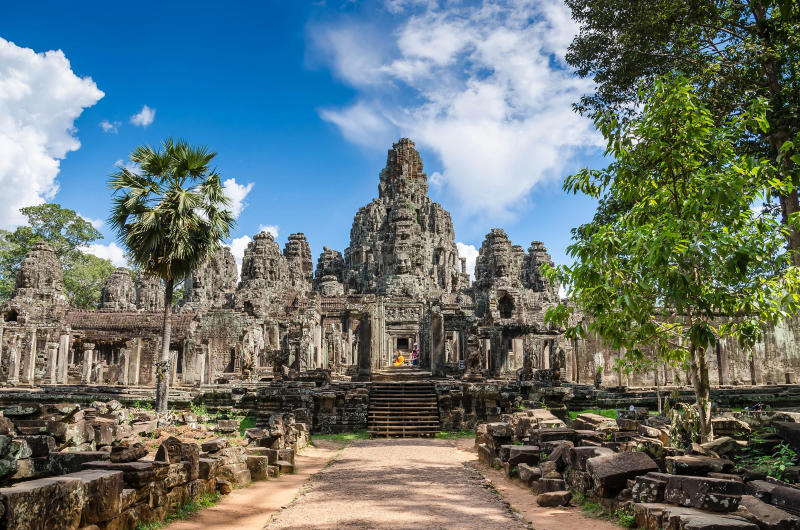
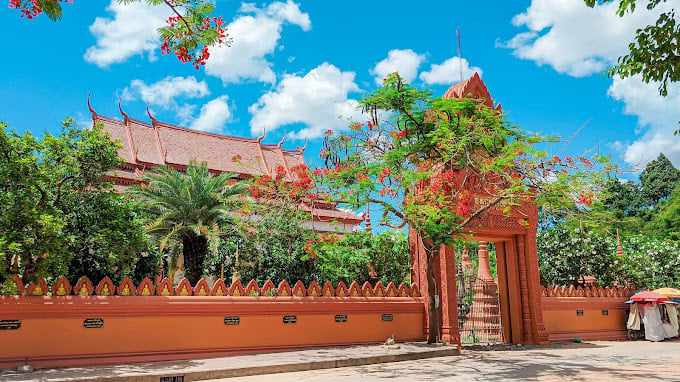

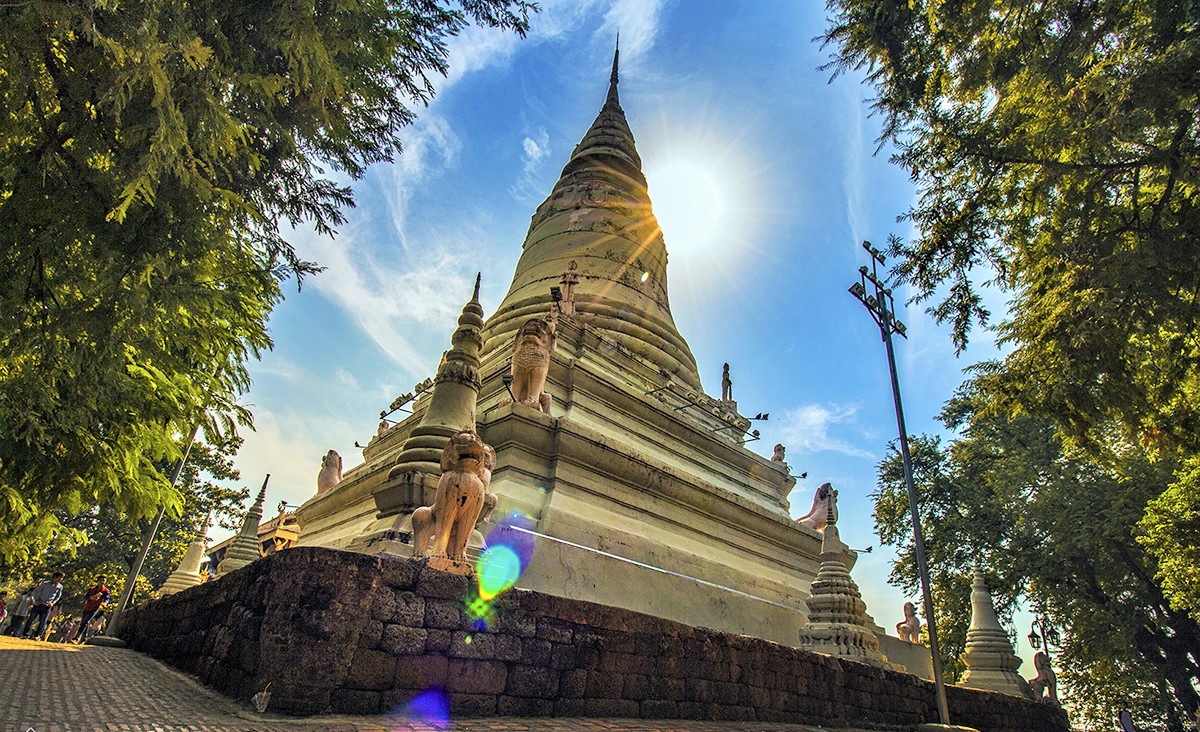
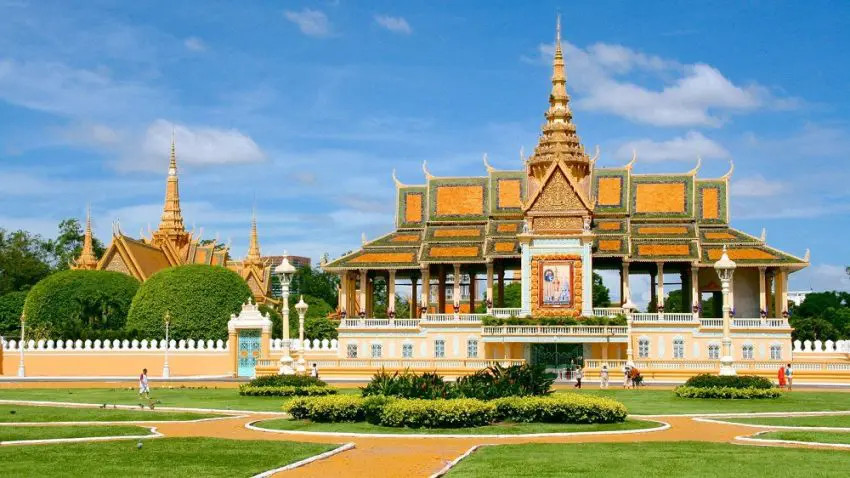


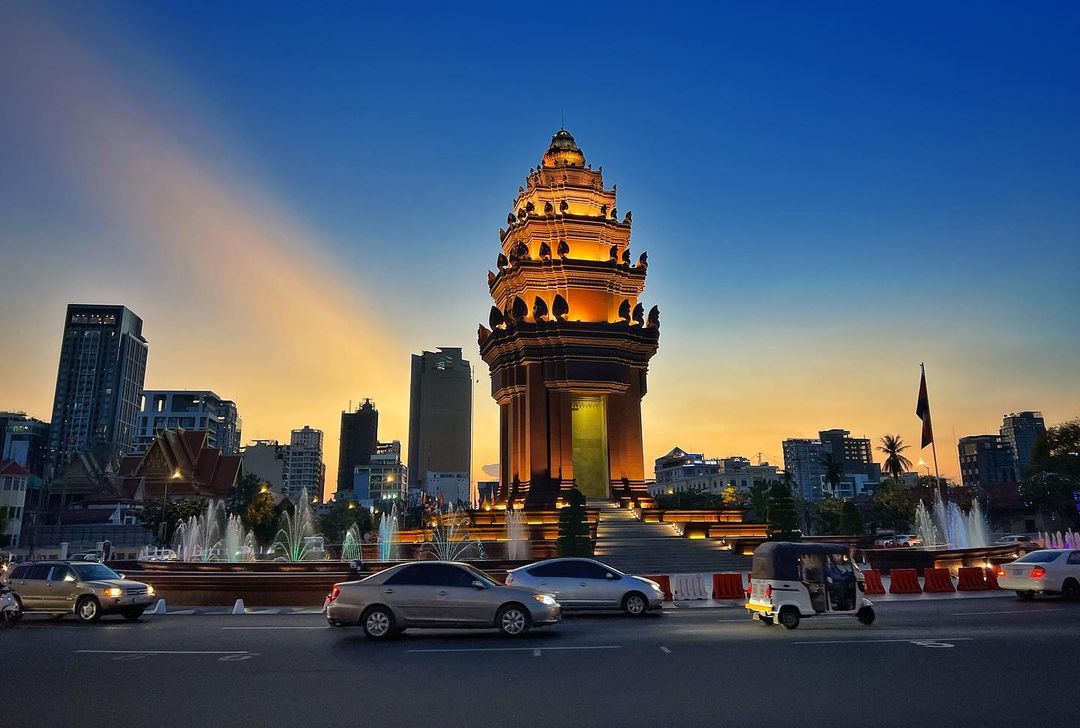
.jpg)
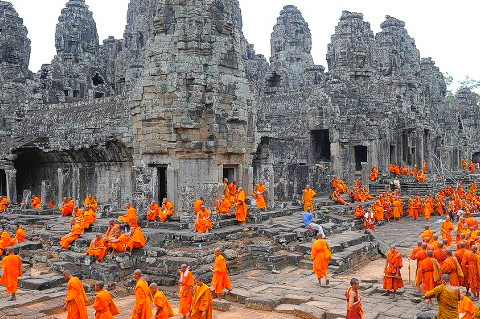
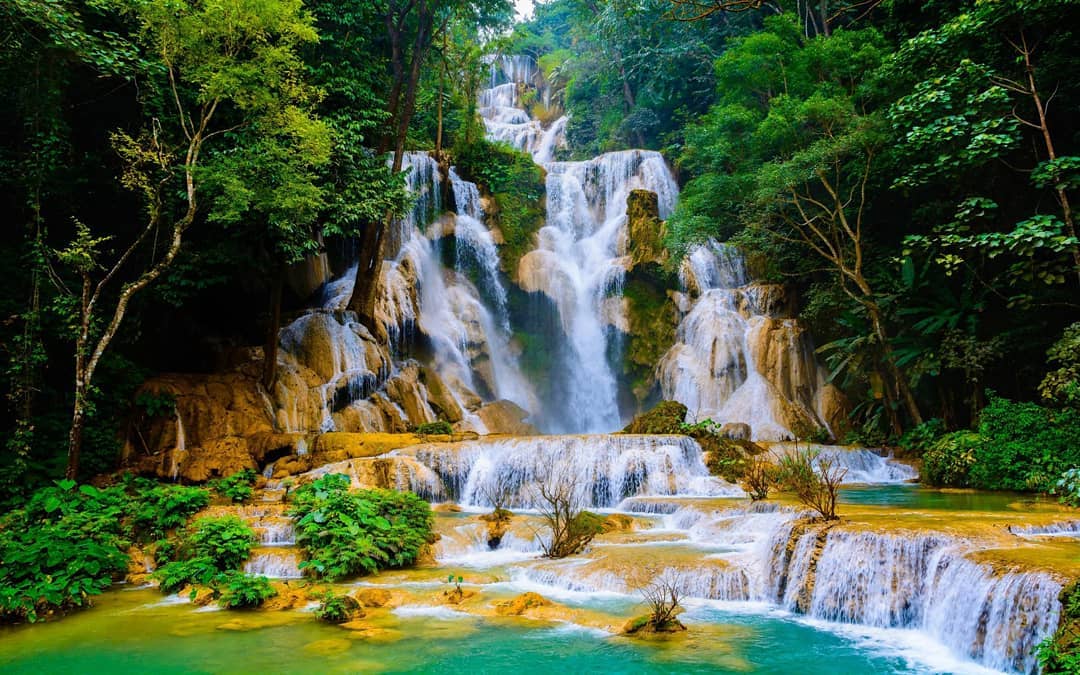
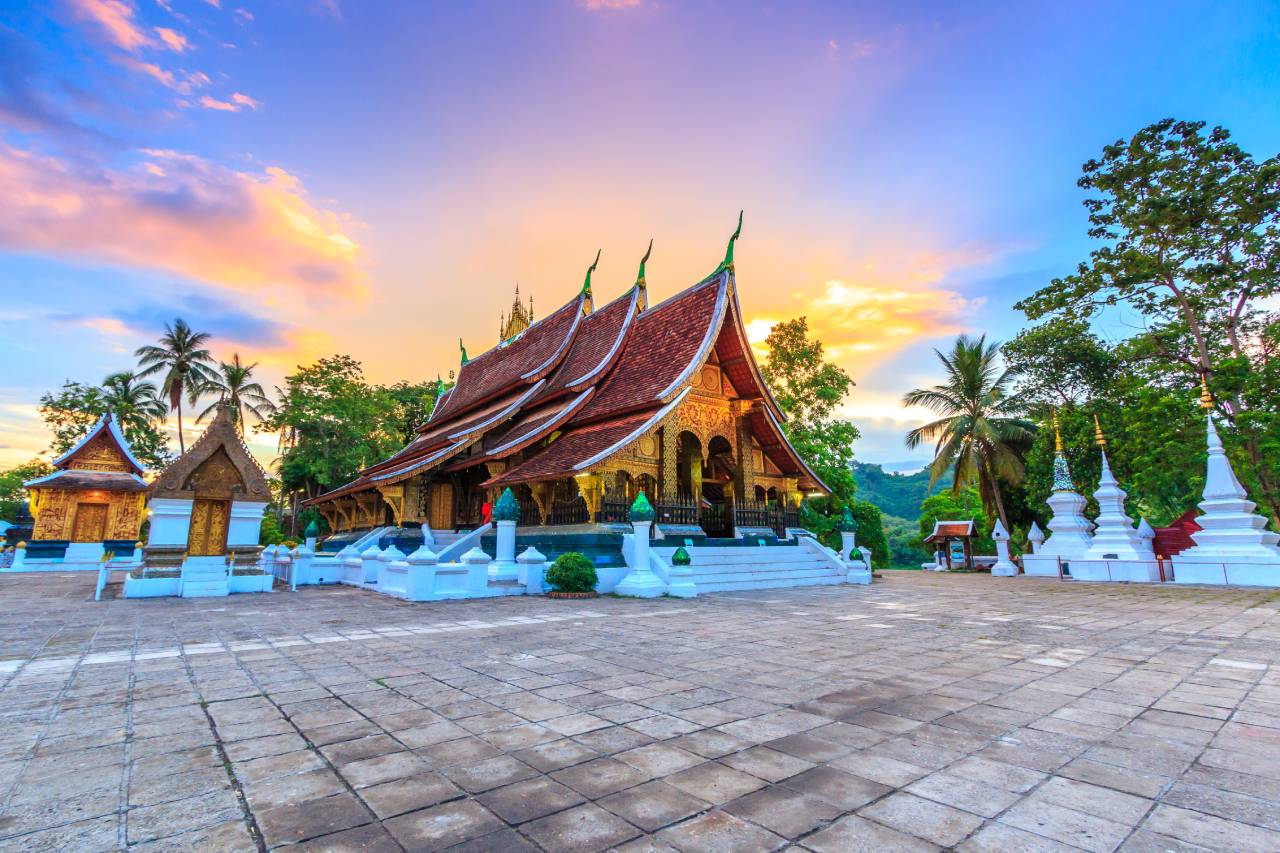
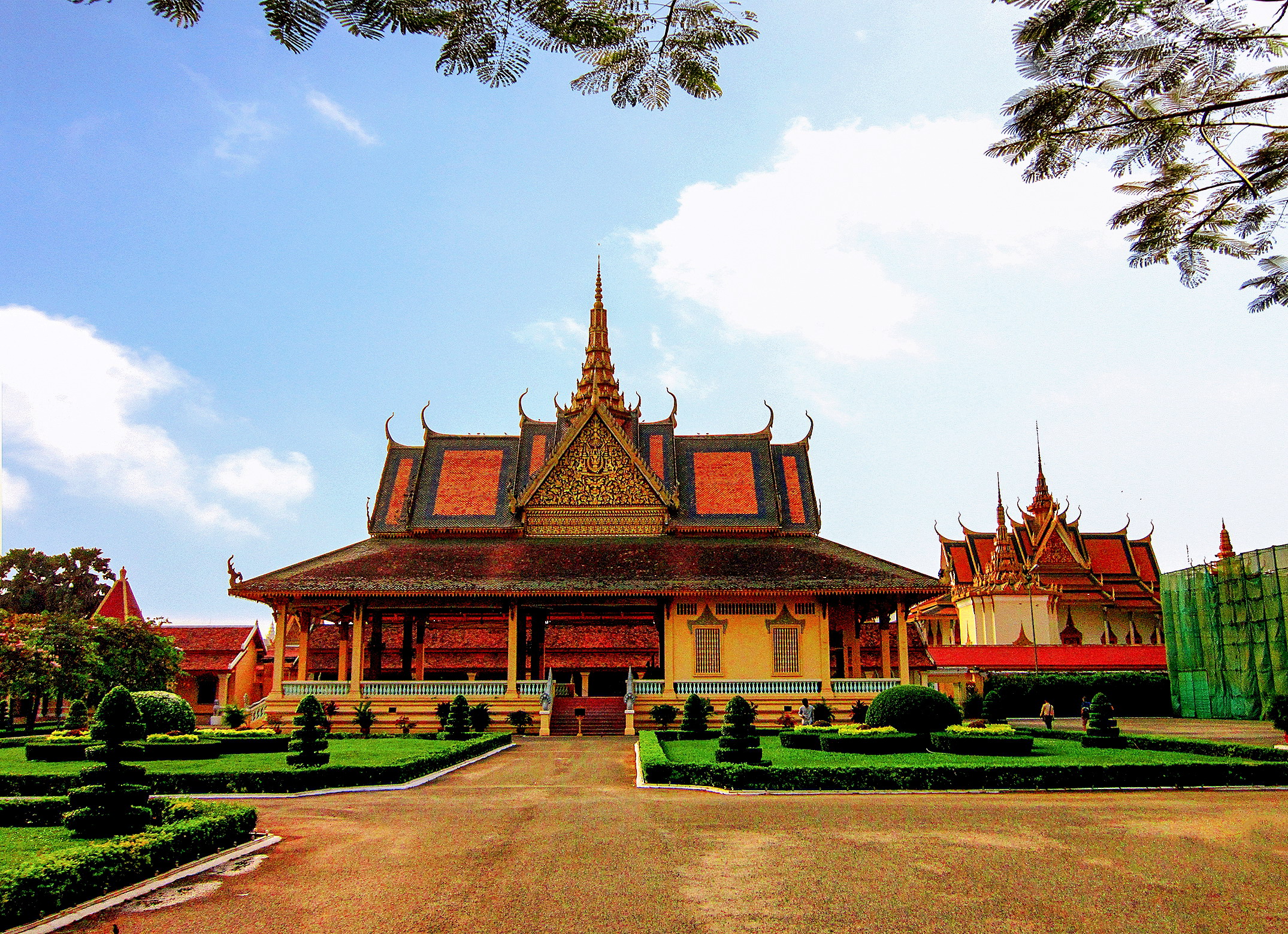
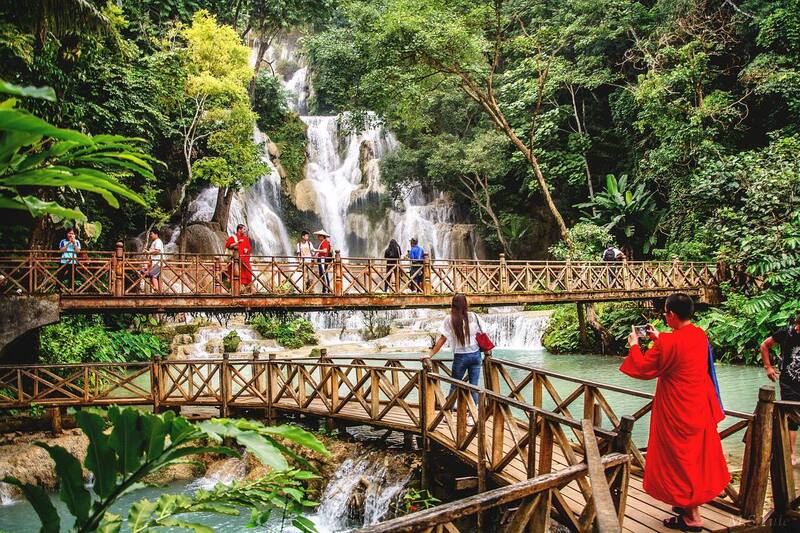
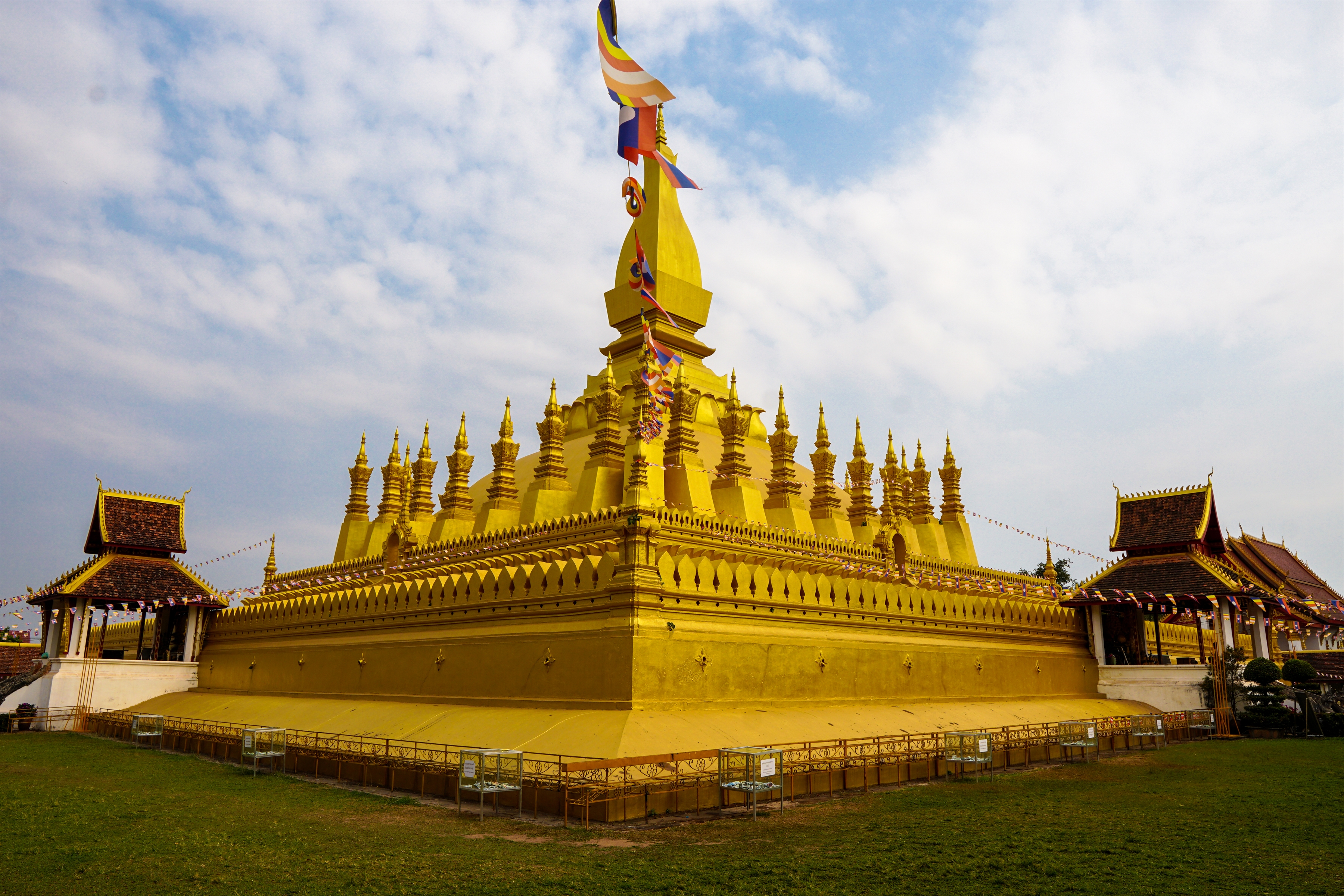
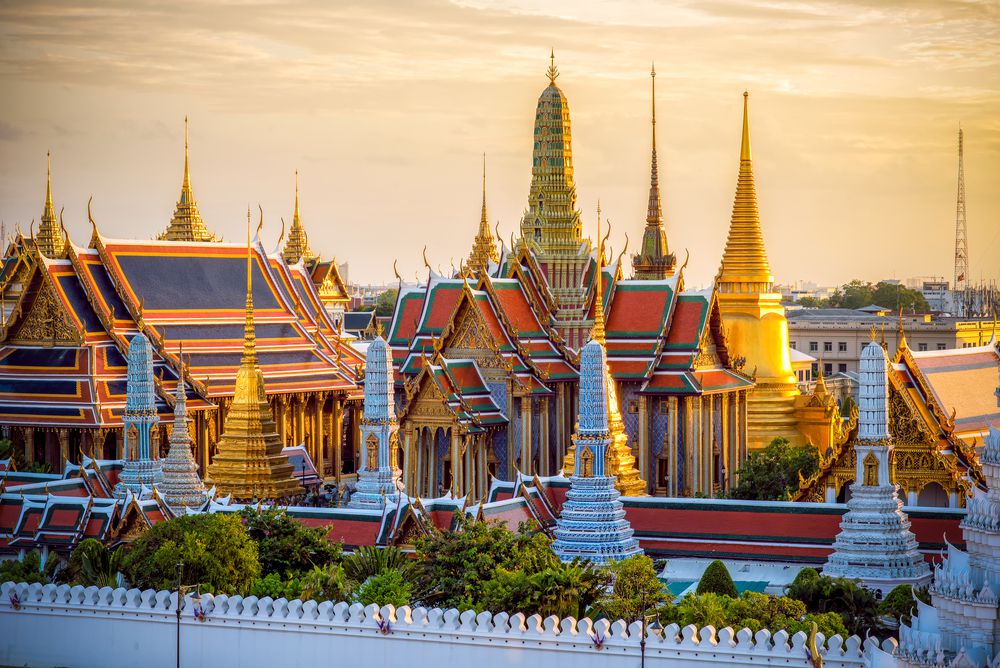
.jpg)
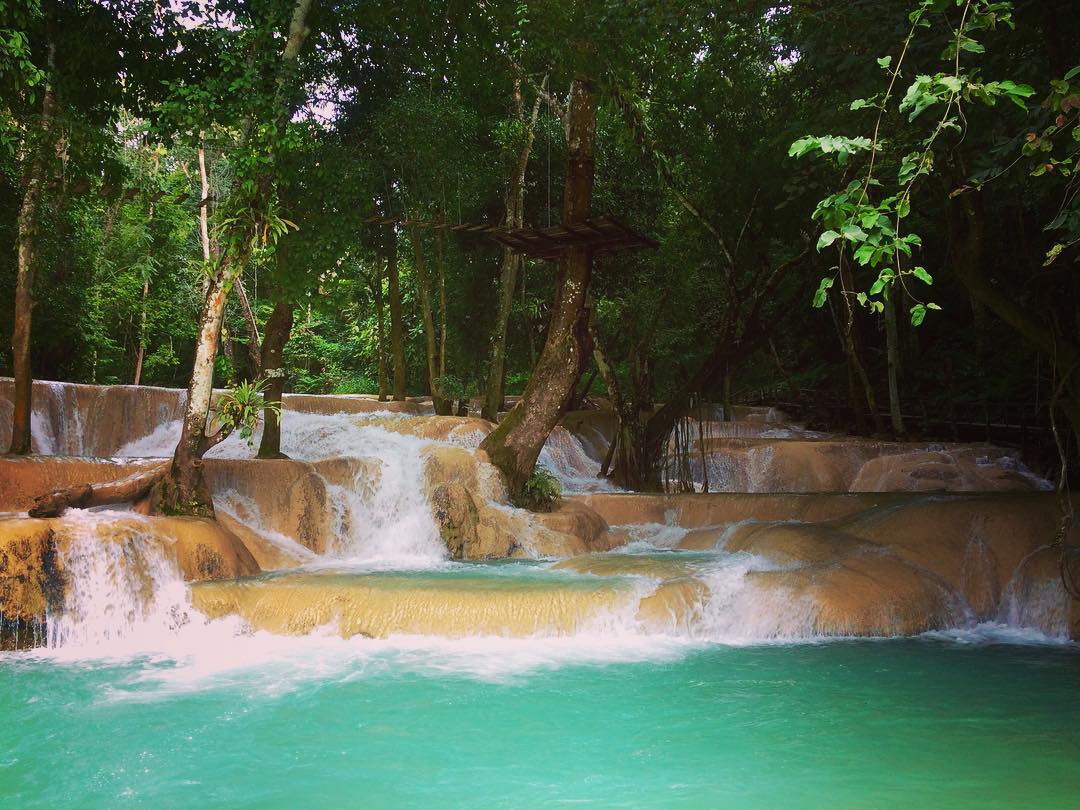
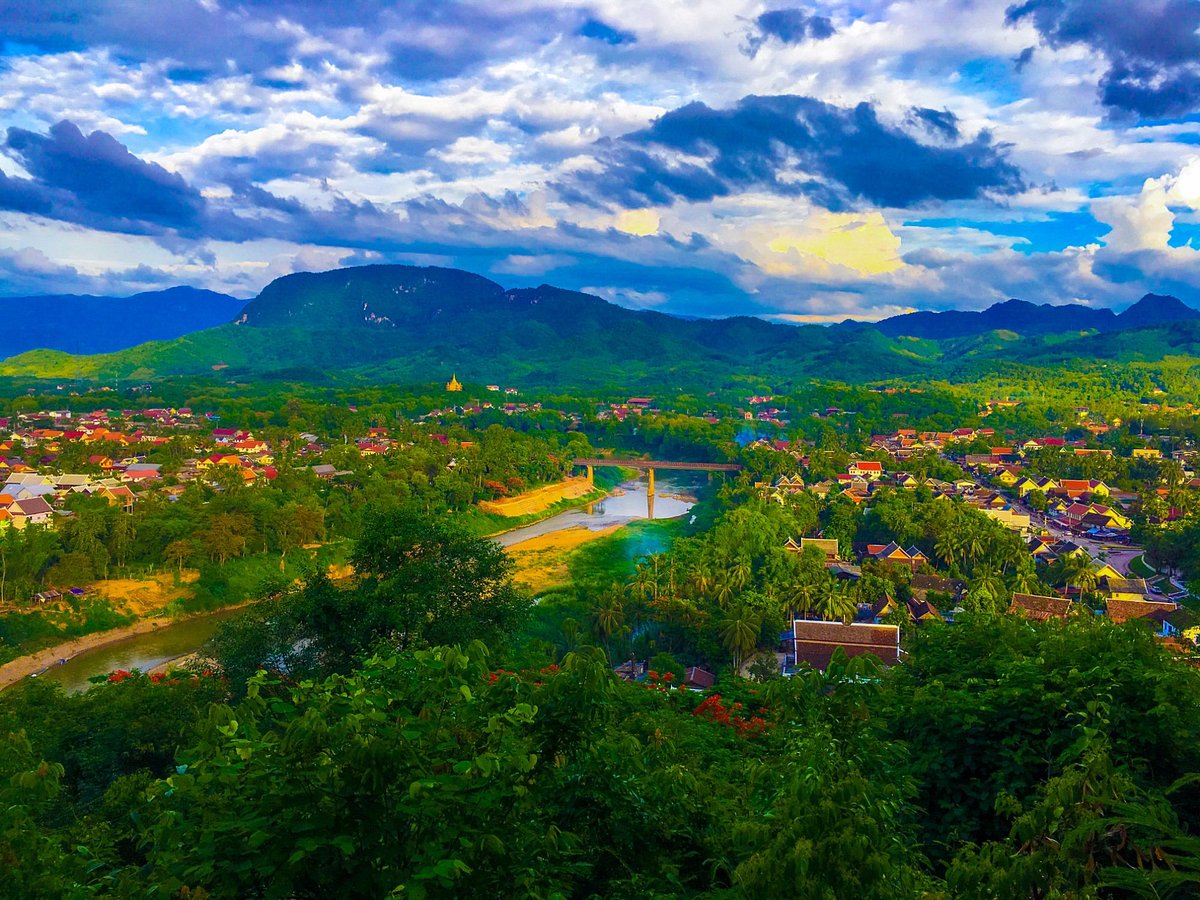

.jpg)

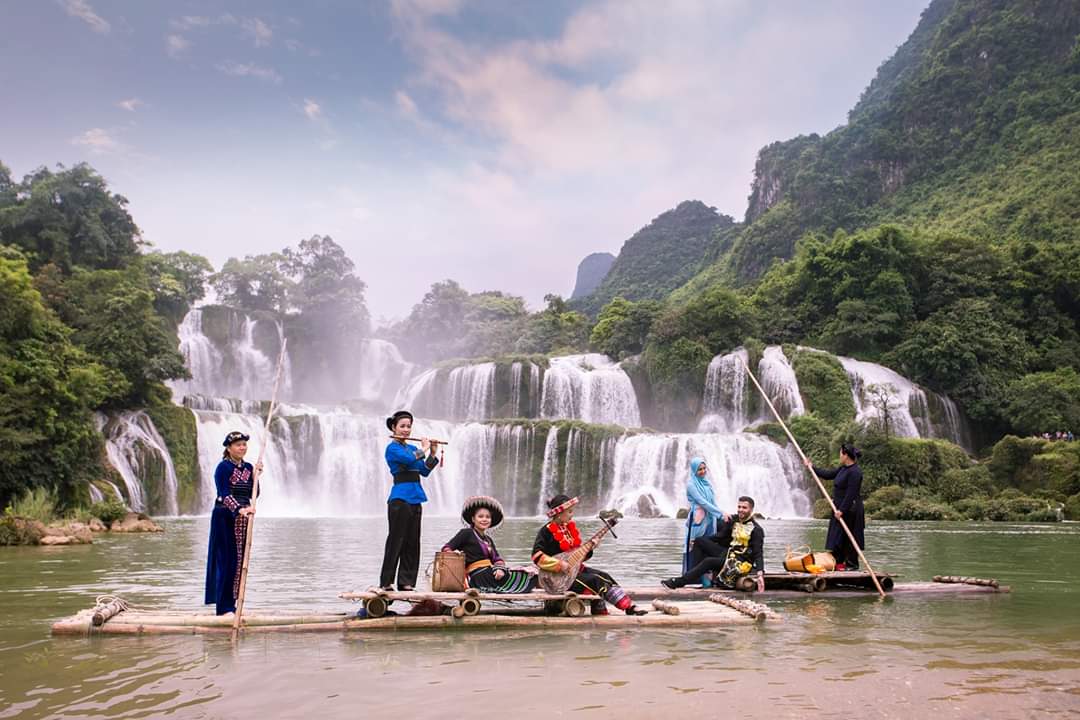
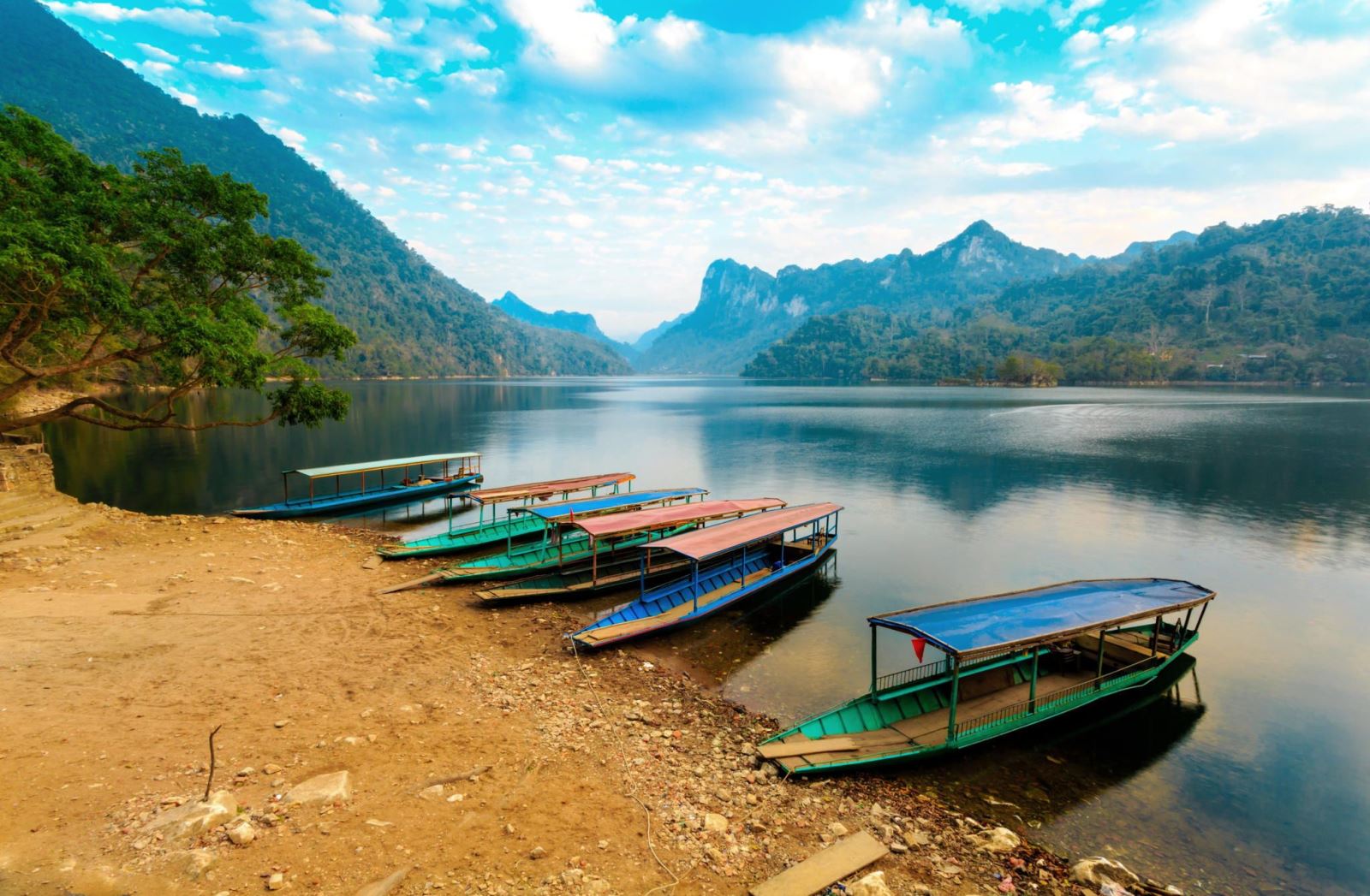
.png)


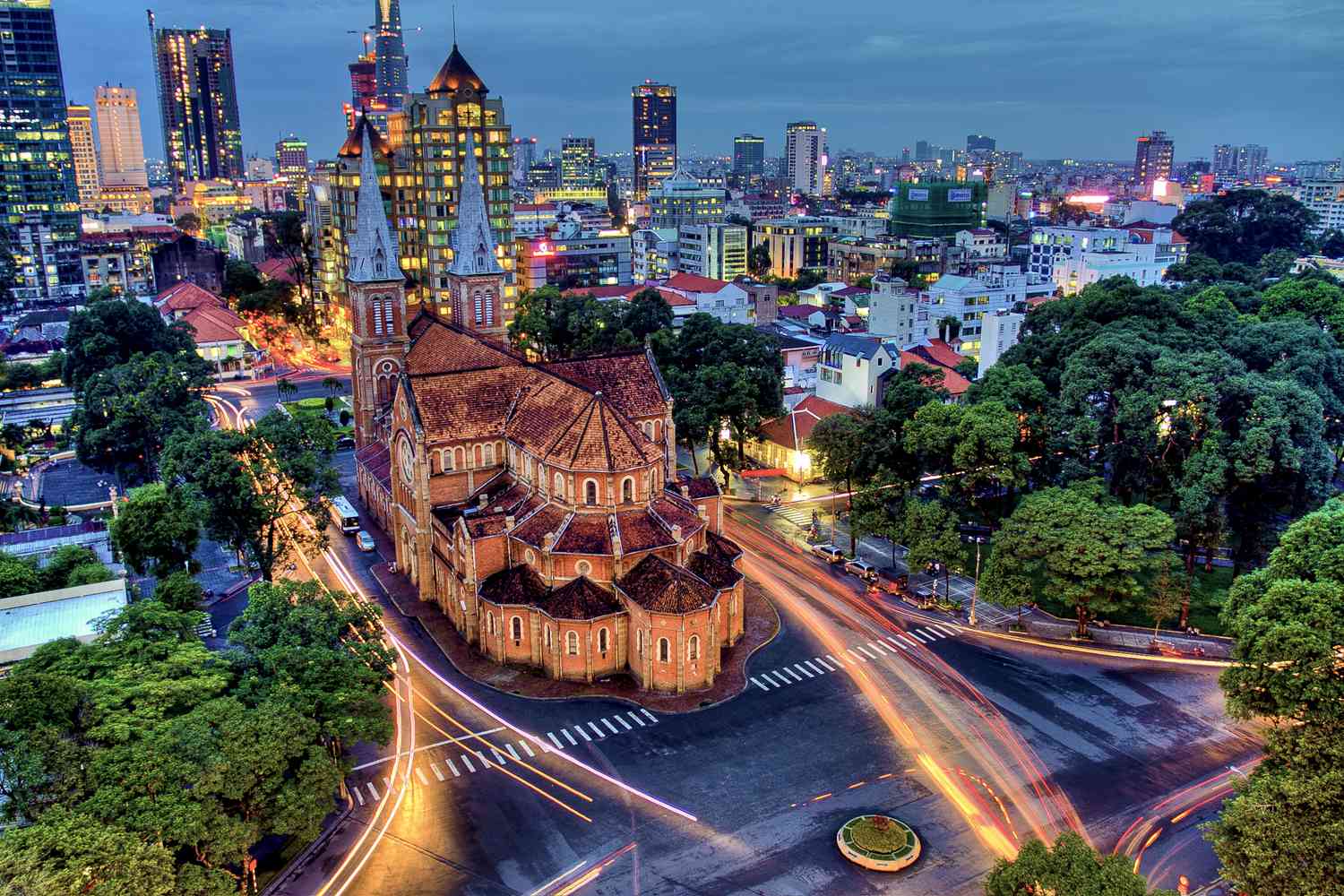

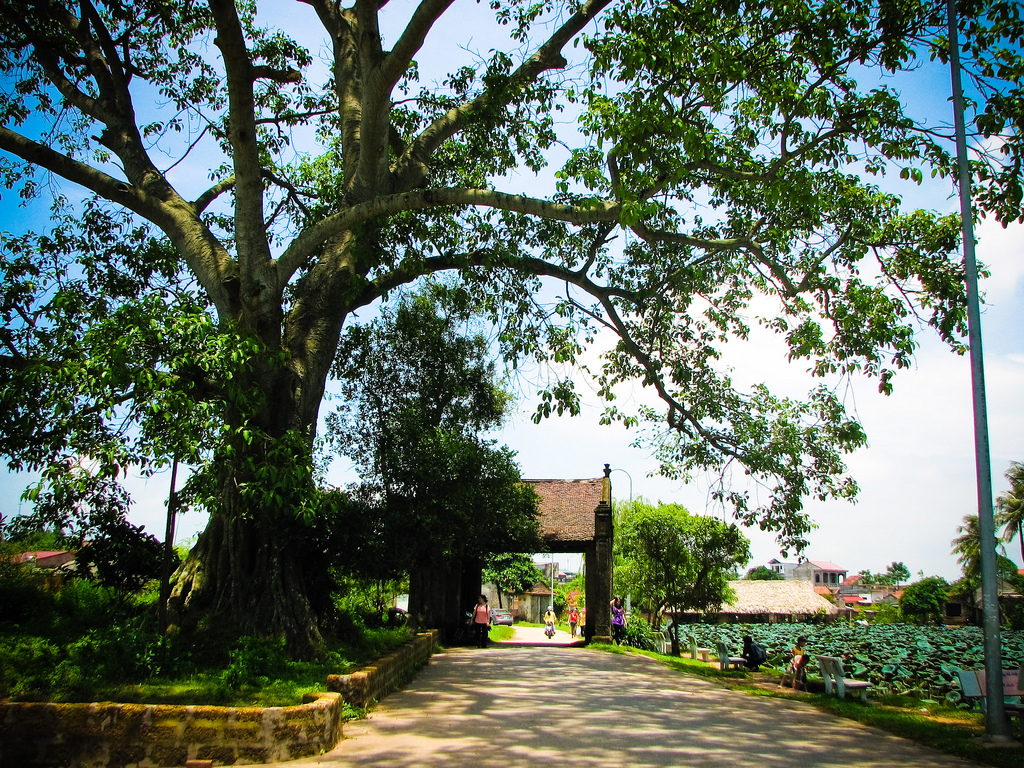
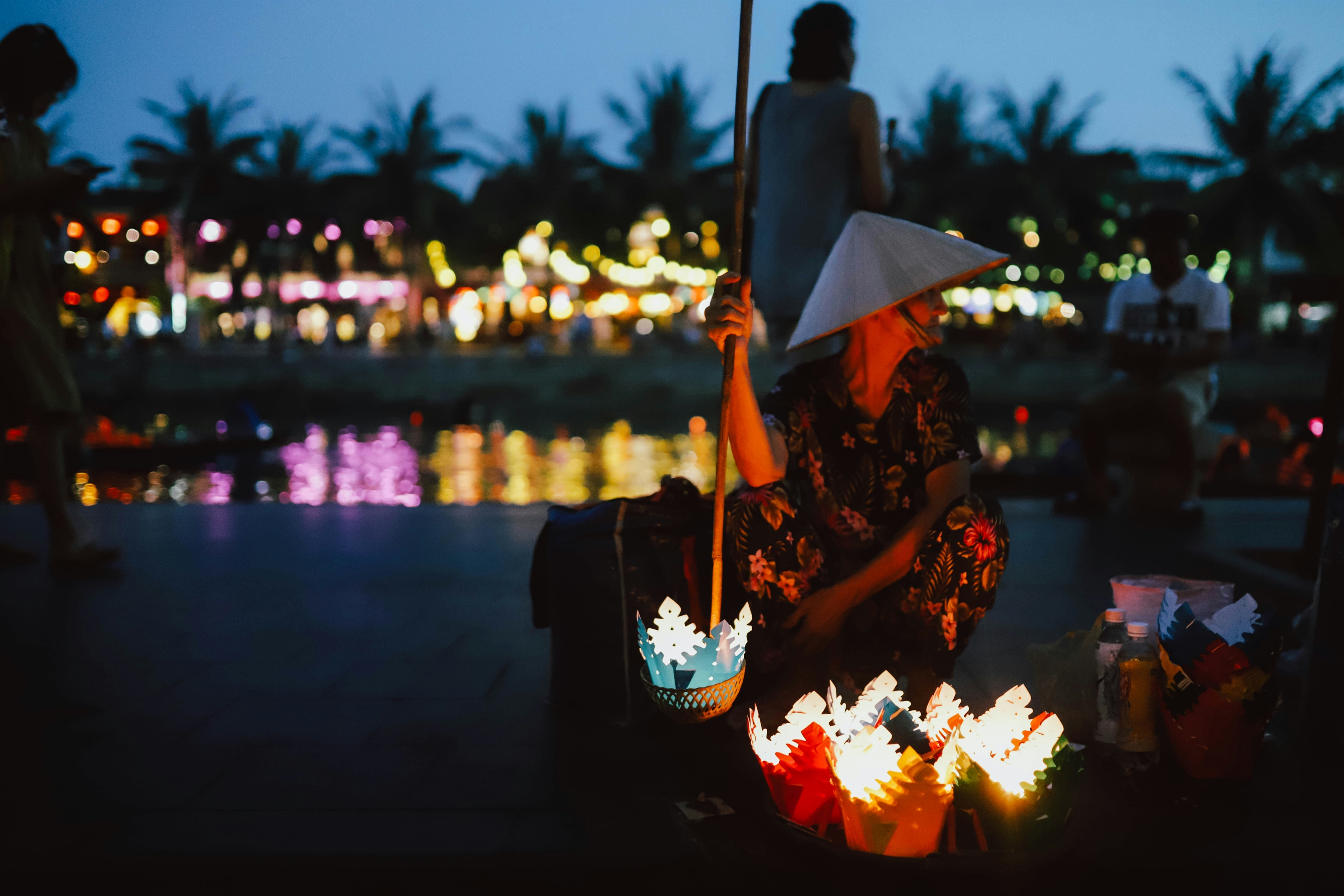
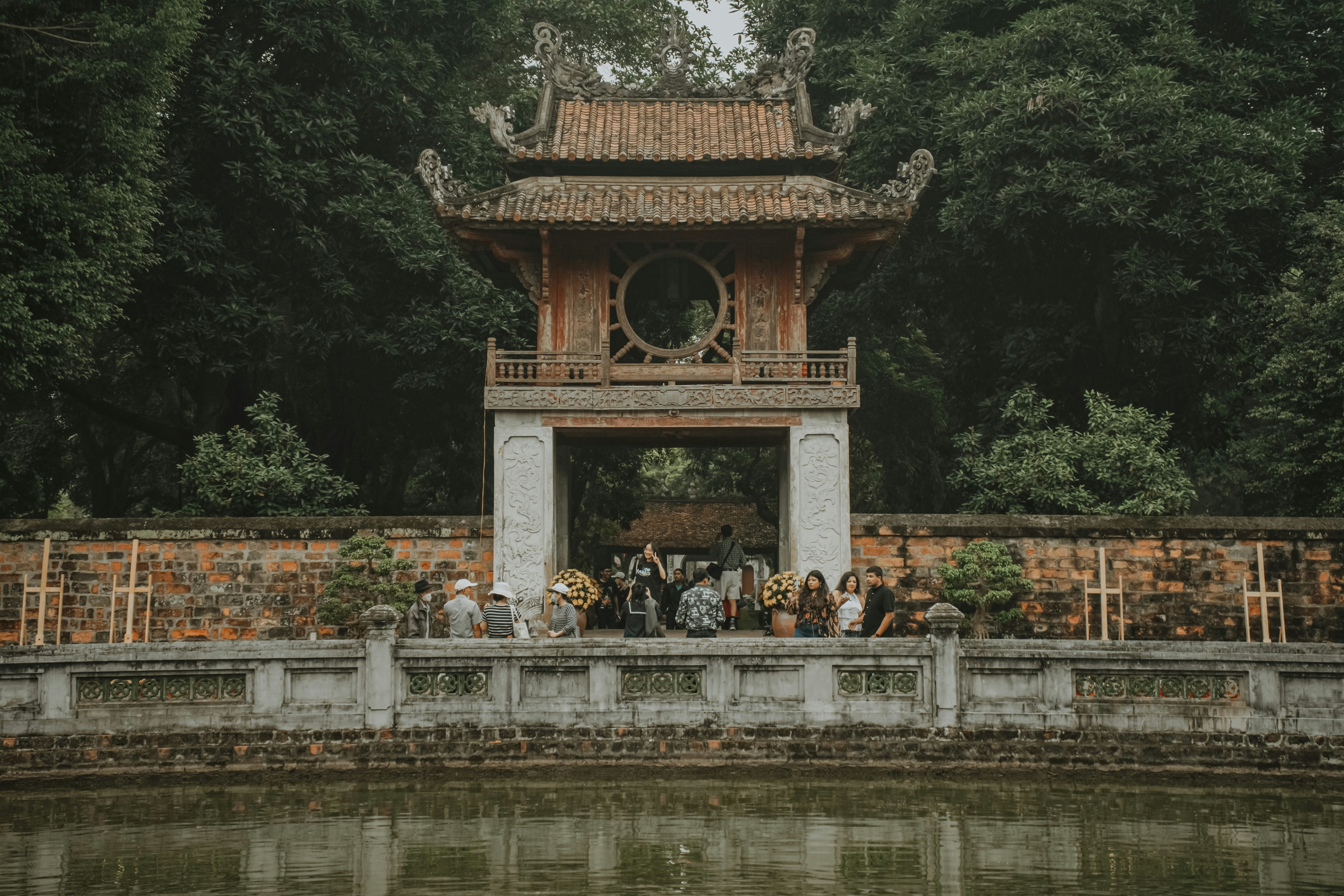

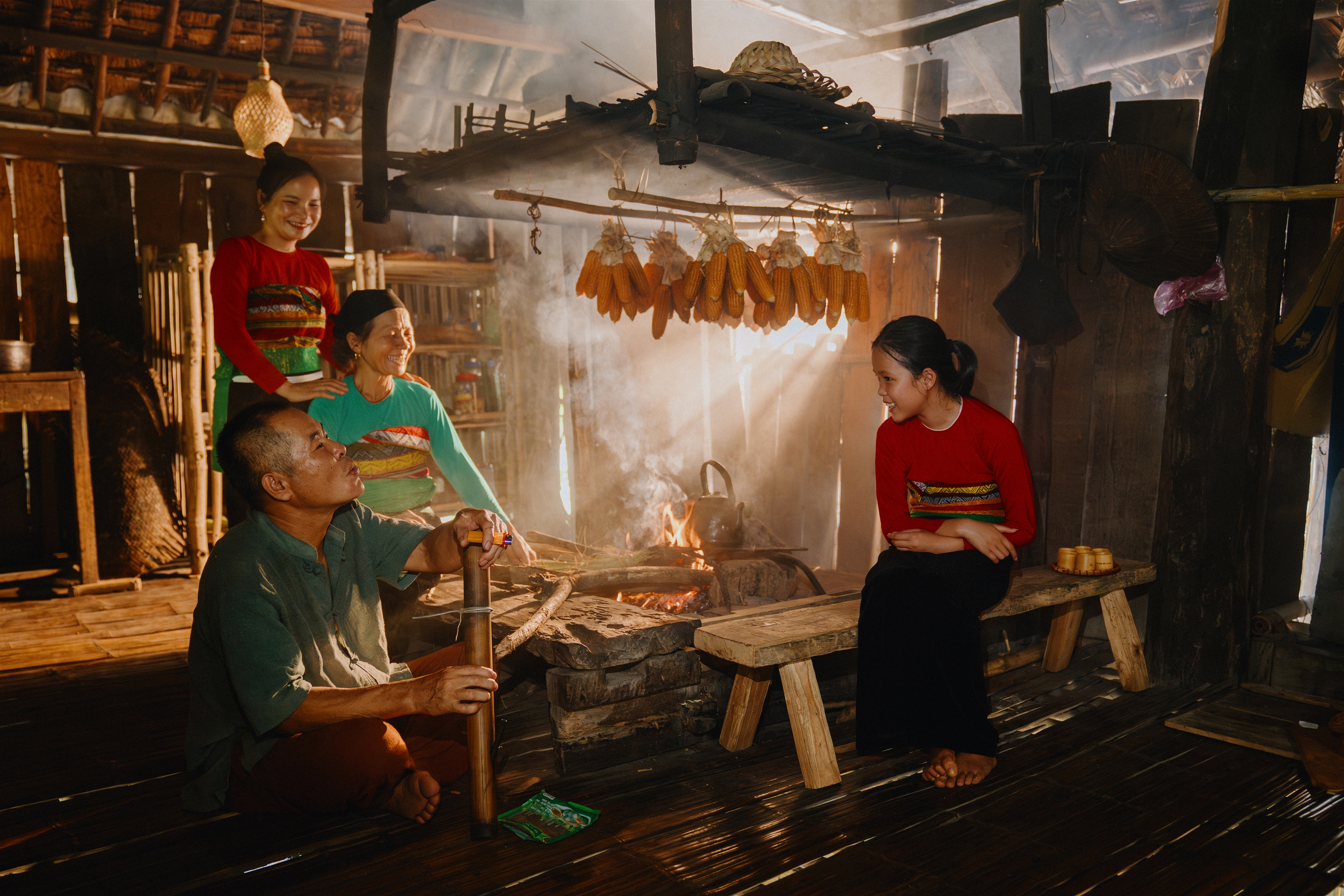

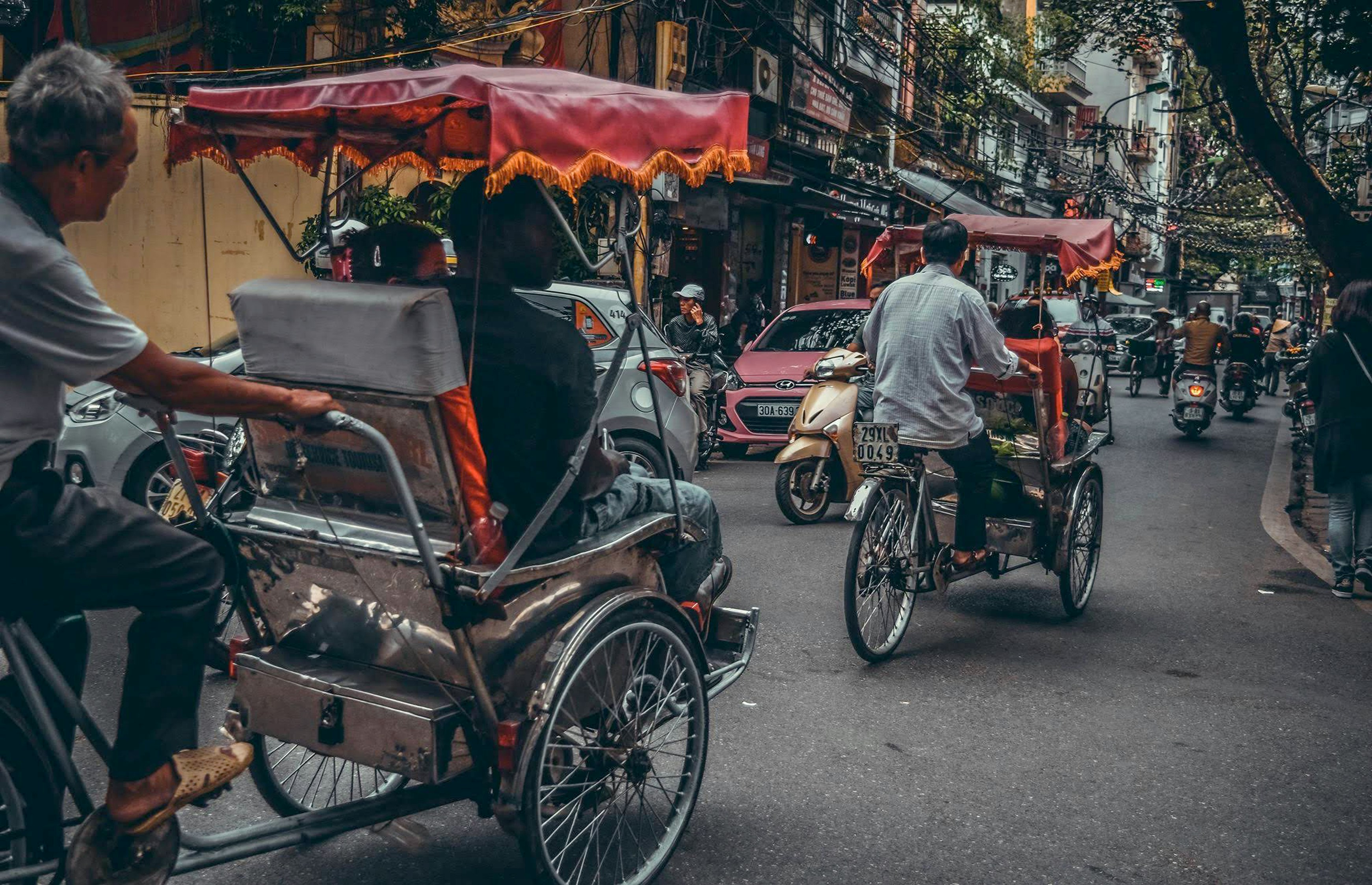
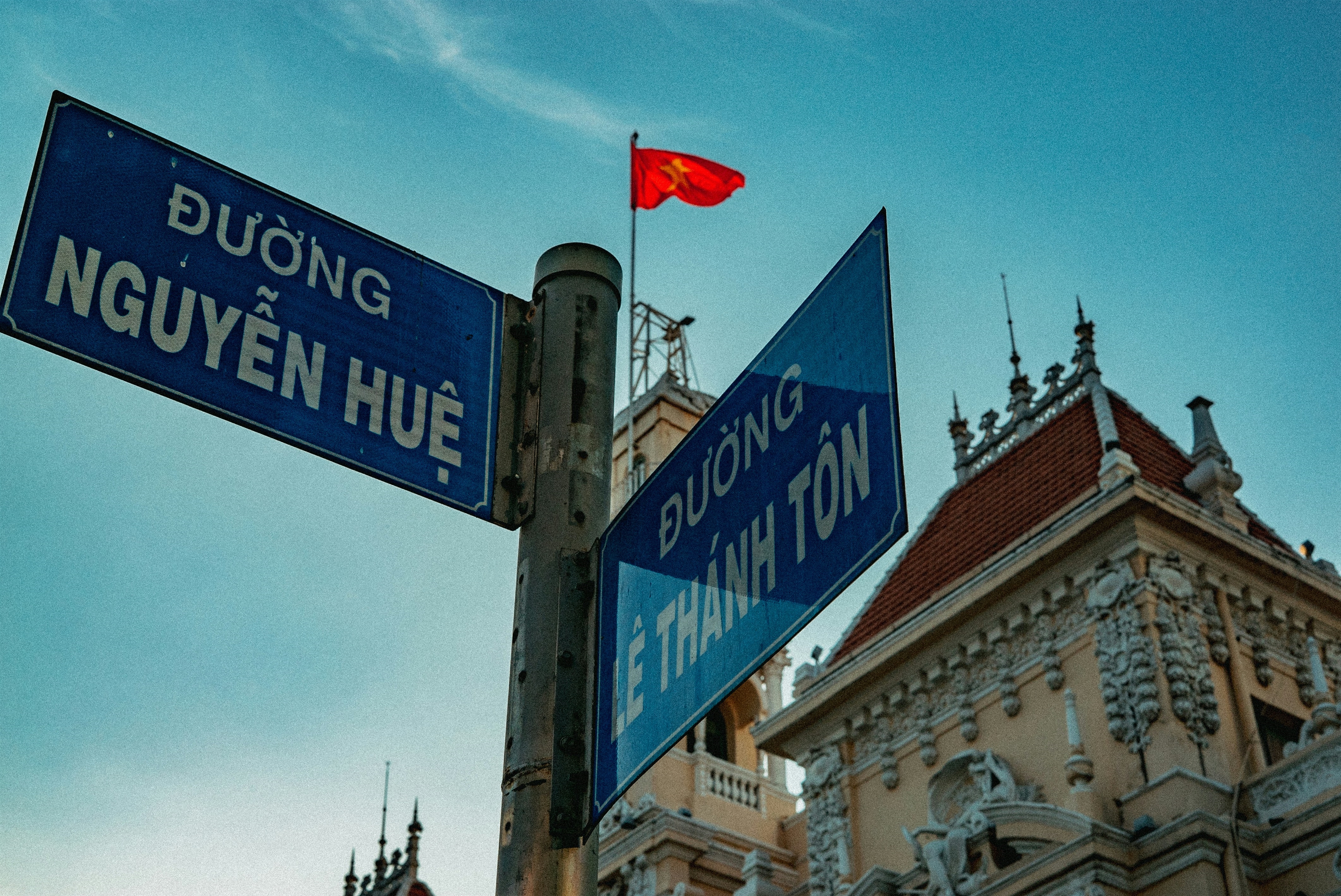
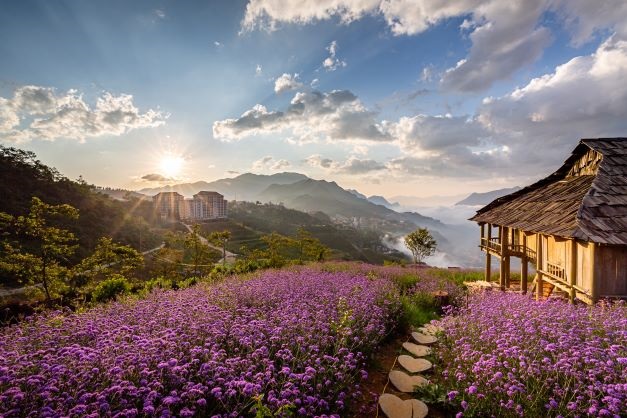
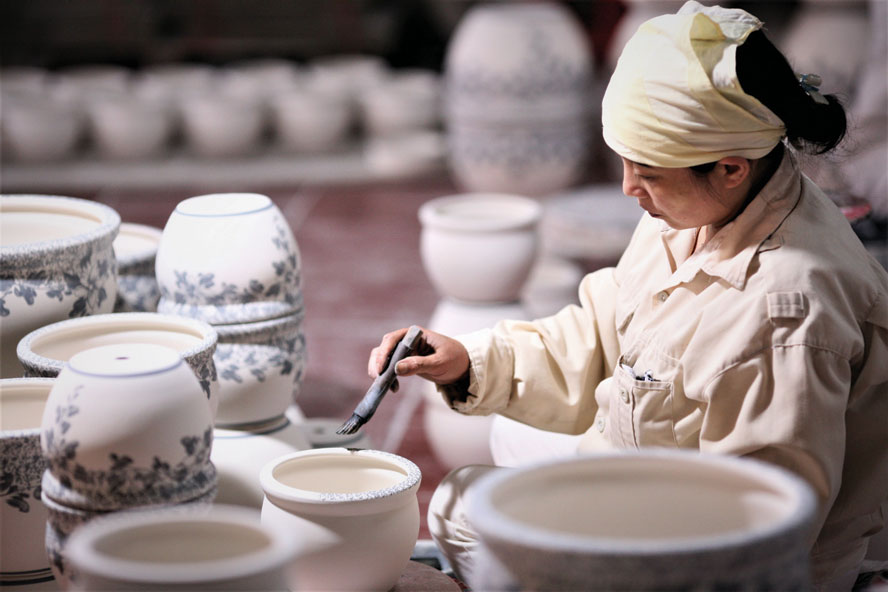

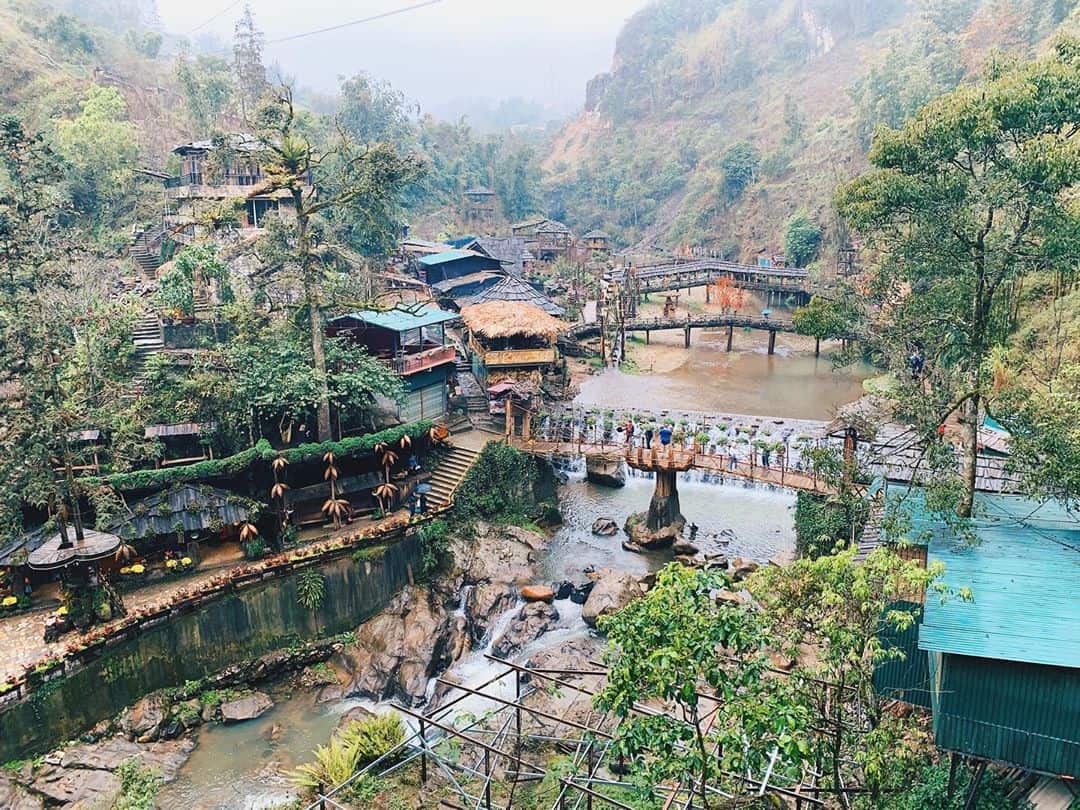
.jpg)
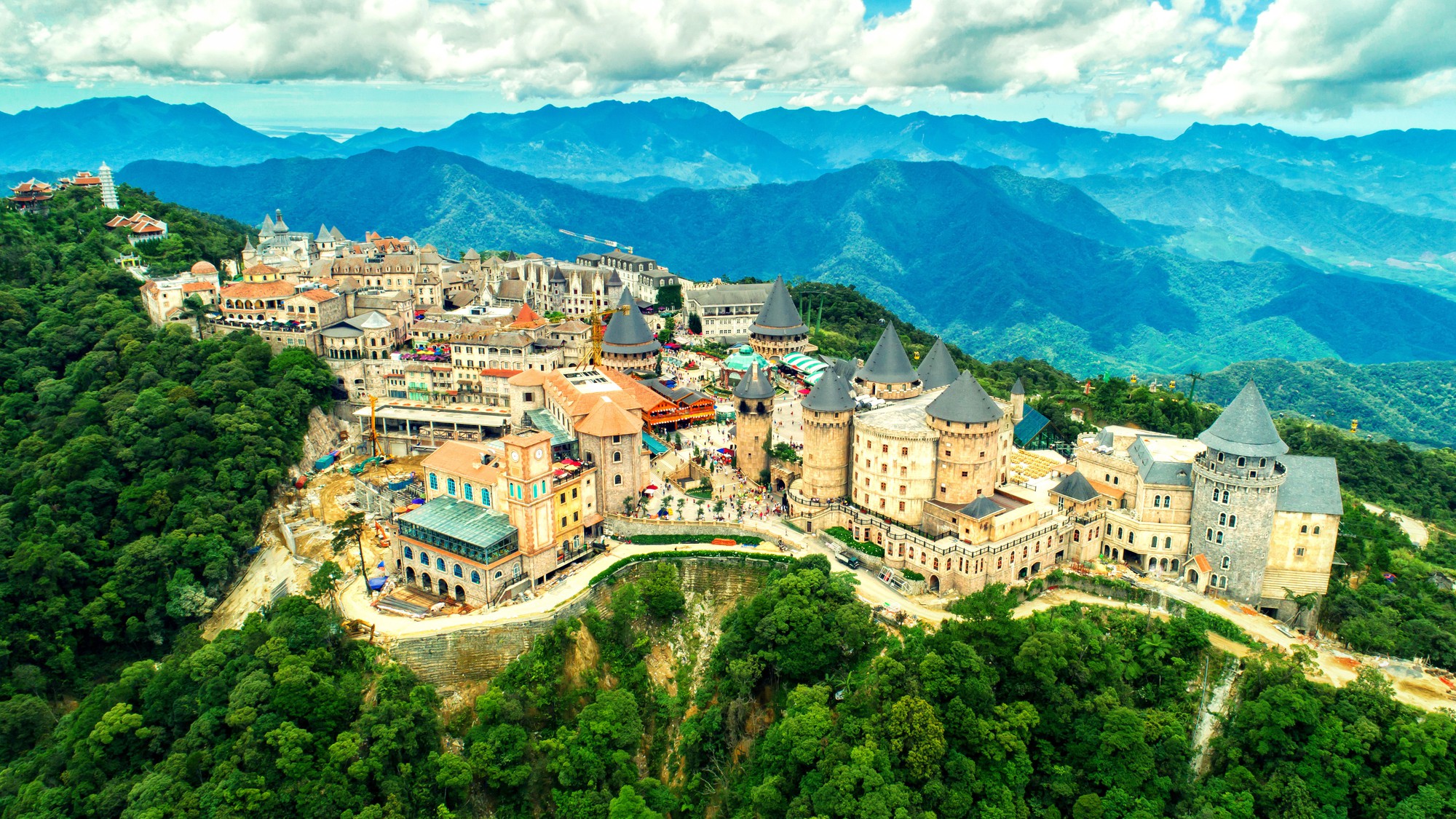

.jpg)
